|
As a type C personality (the rule-abiding perfectionist cousin of type A), I’m a creature of habit. I have a system of order for doing most everyday tasks, such as getting dressed, eating breakfast, making coffee, etc. Bob is a type B personality (relaxed and social). That means he goes with the flow and easily adapts to the different times and locations in which we find ourselves. Little did I know when I married him that his relaxed, adaptable personality would rub off on me. He quickly brought chaos to my order and has rounded my straight edges. That’s actually a good thing, or I likely wouldn’t survive as a full-time RVer. I relish our lifestyle, but I do have a few confessions to share. 1. Routines Are Difficult Full-time RV living isn’t conducive to routine. As we travel the country, we cross time zones. That means sometimes I have a couple of hours in the morning for personal activities, such as exercise. In other locations, I have to start my workday shortly after rolling out of bed. Carving out time for fitness can be challenging. At my last in-office job, the building had a big square in the center connecting four wings in each direction. Every time I got up from my desk to use the restroom or talk to a co-worker in another area, I’d take a lap around the inner square. Living in 400 square feet doesn’t afford that opportunity. Walking from my work-from-home office to the restroom takes all of 12 steps. That doesn’t give me much exercise. I have to make a point to pull myself away from work, lace up my sneakers, and get outside to walk. Some camping locations offer more walking options than others. We stayed at a Boondockers Welcome site in South Carolina where I could walk a dirt road to the main two-lane country road. The dirt road wasn’t even a mile long. I didn’t dare walk the country road for fear of a car racing down and not seeing me. We’ve also stayed at campgrounds that feature walking trails where I can get plenty of steps in. I try to take advantage of those. Sometimes I use a phone app to help me with strength training as well, but that too is inconsistent, depending on our situation. It took me more than two months to complete a four-week, full-body workout challenge. 2. Showers Aren’t Luxurious You may have heard of military showers, where troops get two minutes to get wet, lather up, and rinse. RV showers can be similar. Because we have limited gray water tank space, we don’t like to let the water run, even when we’re connected to freshwater. So, we follow the military example but don’t limit ourselves to two minutes. We wait for the water to warm, get wet, turn it off, lather up, and turn the water on again to rinse. I have another rinse for hair conditioner. When my hair was shorter, I mastered a seven-minute shower. Now that my hair’s longer, my showers are too, as it takes more time to get all the shampoo and conditioner out of my mane. I stopped timing them, in case you’re wondering about my current record. Because showers are no longer luxuries, we, and many RVers, don’t take them as often as we used to. Wet wipes come in handy for the in-between times. 3. Clutter Creep Is Real With limited living space, it’s easy for open areas to fill with things. Important books and reading materials we reference semi-regularly occupy the end tables on either side of our couch. Food containers, fruit, and drinking ware crowd the island counter. Unread mail, loose change, and miscellaneous items we’re not sure what to do with take up real estate on the dining table. This is especially problematic during a long-term RV stay, when we don’t have to pack our belongings and close the trailer for travel. It’s easy to put off cleaning the areas, find something else to focus on, and pretend the items aren’t there. But they don’t go away until we intentionally address the clutter creep. 4. Sometimes We Barely Fit Campsites come in many shapes and sizes. Some are expansive, offering plenty of space for our 42-foot rig and 23-foot truck, with our nearest camping neighbor shouting distance away. We enjoy the peace and quiet these situations provide. Other camping spots are tight, such as the one we stayed at in Wisconsin. Our deepest slide, my office, rested about 8 inches from our camping neighbor’s window. I kept my window shade pulled there. In Branson, Missouri, we had to strategically park our rig to be able to open our basement compartment between a post and the electric pedestal to complete our setup. At a spot in Florida, our front door opened to a palm tree. We stayed there so long that we had to trim the tree to keep its leaves from entering our home. 5. The Scenery Is (Mostly) Great Despite the routine challenges, clutter creep, and tight accommodations, the RV life does offer a lot of perks. One of the best is being able to see God’s beautiful, diverse creation as we traverse the country. From the vast Great Lakes and wooded forests to picturesque deserts, farms, and small towns, we get to see incredible sights. Most are gorgeous. Some even border on breathtaking. Others leave a bit to be desired, like the sketchy RV spot we found ourselves in behind a hotel in Ashland, Oregon. “Beauty is in the eye of the beholder,” as the saying goes. We can find beauty in every circumstance in which we find ourselves. Sometimes we just have to look a little harder for it.
You might also like What RV Living Is Really Like.
6 Comments
 It took all of 10 minutes to put away our 2-foot Christmas tree and decorations at the end of the season last year. Although thrilled at the bargain I got on decor at Goodwill, a yearn nagged at me. I wanted a nativity scene to go with the other trimmings. After all, Jesus is the true reason for the season. As Christmas approached, I began scrutinizing the yuletide decorations at every Goodwill I came across. Ideally, our nativity scene would include a wooden stable, Mary, Joseph, and baby Jesus in a manger. What I found, although wooden, lacked a stable and manger, but It did include Joseph, Mary, and Jesus. We purchased the piece with the thought that we could replace it if we found a better option. But this simple nativity scene kept growing on me. It included the star that led the shepherds to Bethlehem to worship the newborn king, an important part of the story. Perhaps more significantly, it was wrapped with a bow, symbolizing the gift of God’s love in sending his son to Earth as a baby. That baby would grow and mature and point others to God the father, then suffer death and rise from the grave — all so we could live eternally. A true gift indeed. A Different Christmas In our tiny home, Christmas tends to be a time of clutter. Our rig rapidly fills with Amazon packages, gifts and cards, giftwrap, empty boxes for wrapping presents, special foods for get-togethers, and more. We have to find areas to stash gifts we don’t want each other to see, as well as all the extra items that make their way into the rig. Our portable Mr. Heater propane heater* comes out of storage and takes a prominent place in our main living area to keep us warm on chilly mornings and cool nights. Rather than rehanging our jackets after every use, we drape them over dining room chairs or an arm of the couch. If overnight travel is involved (as is often the case since we have a safe place to leave Tagalong and our wedding anniversary is Dec. 29), it might mean getting our suitcases down from the loft. And that means moving all the Christmas gifts out of the way to get to the suitcases, and then replacing the gifts. It’s a juggling act. Despite all the inconveniences and distractions this time brings to tiny home dwellers, it brings a lot of blessings too. Change and excitement fill the air. Christmas lights adorn our rig and those of our neighbors. Kindness emanates from our fellow RVers. We get to spend the holidays with family and friends, even if we can’t host them like we used to.
Although our Christmas looks different than it did when we had a sticks-and-bricks home, it’s still a time of celebration, appreciation, and reflection. We may not have a lot of room, but there wasn’t much room in the inn where Jesus was born either. Thankfully, that didn’t keep God from sending the gift of Christmas wrapped with a bow. You might also like Holiday Reflections from an RV. * As Amazon affiliates, we earn from qualifying purchases. Rows of red-dotted trees stand at attention, branches drooping under the weight of their fruit. Fields of corn sprout their cobs, only one or two per stalk (who knew?). A rooster crows, announcing its location as it roams the farmyard, protecting the hens under its watch. A tractor pulls a double trailer showcasing stacks of 5-gallon buckets overflowing with freshly picked yellow squash. Workers stand in windowless buses tossing watermelons onto a conveyor belt for cleaning and packing. A forklift carries 23-bushel apple bins to fields to collect the day’s picks. The greasy smell of fresh-baked donuts wafts through the air, beckoning passersby to the farm market and bakery. Retired farmers reminisce over coffee about their early days of farming. These are some of the sights, sounds, and smells we’ve experienced while spending time on my brother’s 6-acre farm near Lansing, Michigan, and my cousin’s 300-acre farm in southwestern Michigan. Small Town Life Something about the small towns, friendly people, active workers, expansive greenery, and fresh produce feels familiar and alluring. Perhaps it’s because Michigan is my birthplace. Or maybe it’s a welcome respite after 24 years in the bustling Phoenix area with 6-foot block walls separating our yard from our neighbors’. Being able to pick fresh fruit right off the tree and squash and zucchini straight from the plant is a treat. We find it appealing to be surrounded by fresh, healthy food. Small farm towns feature their best at annual county fairs, something else we got to experience while in southwestern Michigan. Building upon building featured livestock of all sorts, from rabbits and sheep to goats, pigs, cows, and horses. Another building displayed hand-crafted items. Tiny stands sold fried food creations. Screams from spinny rides mixed with live country music. No Michigan county fair is complete without a display of tractors and/or riding lawnmowers. The one we visited included both. Mowing is such a big deal in the area that my cousin, Debbie, greeted us on her riding mower when we arrived at her place, eager to cut the grass so we could park our home with ease. Free Labor Farm life with family also offers abundant opportunities to pitch in and help, something we cherish. While at my brother’s, I got to scout for eggs. I’ve always enjoyed a good Easter egg hunt and have relished hiding the plastic treasures for my kids to find. I still get a thrill out of it. When Steve asked me to help find where one of his hens was laying its eggs, I jumped at the chance. I searched high and low, but the chickens didn’t lay the eggs where I would have if I were a hen. Maybe they knew something I didn’t. After watching them, I realized they wouldn’t go far from their coop where predators could swoop in and take their precious goods. Sure enough, I found some eggs in a shrouded nest perched in an old tree right behind their coop. Bob helped Steve with a tree-trimming project and a driveway expansion, as well as installing a dryer vent. At Debbie’s, we got to assist with replacing carpet and tile with Lifeproof flooring. Since we don’t own a house anymore, it’s wonderful to be able to participate in these types of activities. Bob also cooked a lot of super delicious meals and helped with computer projects. Vehicle Maintenance
Another plus of farm living for us full-time RVers is being able to do maintenance on our vehicles, such as the fuel tank upgrade for Gulliver while at Steve and Ginger’s. Our duration in southwestern Michigan gave us ample time to install shocks on Tagalong to help soften the effects of bumpy roads on our belongings. Bob did prep work for the project, which involved closing the trailer’s four slides and moving it from a grass field to a dirt parking lot so he could jack up Tagalong. With my office out of commission, I had to work at Debbie’s and watch my home from across the street. With the prep work done, we were able to move the trailer back to the grass field and set up our home again. A mechanic friend, Ethan, pitched in to weld brackets in place under the trailer to hold the shocks, which should smooth our anticipated drive to Alaska. You might also like Lake Living in Florida. As crazy as it sounds, one of my greatest delights is doing manual labor, especially outdoors. Maybe it’s because of my upbringing, helping my dad work on a tomato farm and later operating a bandsaw for his wooden toy business. Or maybe it’s because I spend most of my days in front of a computer. When we owned our house, I delighted in taking care of the yardwork — potentially to the detriment of my children. It gave me a welcome break from staring at a screen and got me outdoors to enjoy sunshine and fresh air. I looked forward to going home from my office job to mow and edge the grass. It provided a way for me to shift my mind from work obligations to home life. The same can be said for other projects around the house. Once we sold our home of 24 years and moved into our fifth wheel, I thought my days of yardwork, painting walls and trim, and other projects were over. But in each of the three years we’ve lived on the road, I’ve been surprised and blessed to be able to help with painting projects. That got me thinking. We stay at campgrounds. We boondock. We moochdock. But maybe there’s another kind of camping we’ve been missing, something called tradedocking. What is tradedocking? Simply put, tradedocking is trading work for a free place to stay. At the three places I painted, we were moochdocking at the time — in essence, tradedocking. Tradedocking should not be confused with Boondockers Welcome, a membership for RVers who offer free stays on their property in exchange for free stays on others’ property when they travel. (Thankfully, it’s not limited to RVer hosts. We’re able to take advantage of it too.) Technically, that could be considered a form of tradedocking. But true tradedocking is more akin to work camping. A handful of websites offer ways for full-time or even half-time RVers to camp in a single location for free for a set number of months — typically at least three — in exchange for labor.
Some RVers even make an hourly wage on top of the free stay. They do tasks such as landscaping, cleaning restrooms and campsites, and handling camp registrations. Tradedocking is work camping on a much smaller scale. We commit a week or two (sometimes longer) to stay with a host and help with projects. In addition to my painting contributions, Bob has helped some of our moochdocking hosts with various tasks, including computer work, cooking, and fixing machinery. Most of our tradedocking hosts have been family members, but that doesn’t mean we wouldn’t or couldn’t help friends with projects too. At the risk of overbooking and overcommitting ourselves, we absolutely would. We feel blessed anytime we’re able to help others. Tradedocking offers those opportunities in spades. You might also like What an RV Travel Day Is Like. Another tornado warning sounded from our phones, alerting us to take cover in a basement. But in the Gulf city of Waveland, Mississippi (elevation 16 feet), there are no basements to be found. Many buildings are built on stilts to protect them and their inhabitants from flooding. Although we were camped next door to a brick bath house at a state park, we loaded into the truck and headed to a different building, one on stilts. It went against my better judgment to ascend stairs when the National Weather Service encouraged people to descend to the lowest area they could find, but fellow campers followed suit. The truth about safety in numbers rang true. Bob and I could be together in the laundry room to ride out the storm instead of separated in his and her restrooms. And we were in the company of other campers in the same boat. We stood outside on the balcony, enjoying the cool breeze. When the wind picked up, I took it as my cue to move indoors. Bob stayed outside until the storm grew in intensity and he started getting wet. The electricity in the warm, humid laundry room blinked off but came right back on. After about 20 minutes, the tornado warning expired. The fierce thunderstorm responsible for it continued to make its presence known with bright flashes of lightning, loud booms of thunder, and a deluge of rain. Thankfully, we had already closed our slideouts before taking shelter. We headed back to our trailer, completely intact, to sleep for the night, thankful once again for our safety. An Eerie Night The rest of our time in Mississippi was uneventful, other than an afternoon to the beach to bask in the sun. After relocating to north-central Florida, we started looking for things to do in the area. It turns out the University of Florida in Gainesville has bat houses, and every warm evening, the nearly 500,000 bats emerge from the houses to forage for the night. Unsure we wanted to make the 40-minute, one-way drive to see this event, we read reviews from others who had experienced the phenomenon. The reviews convinced us the drive would be well worth the trip. We arrived at the University of Florida to find three houses on stilts, each with a bat insignia on the side and an overpowering stench of guano to let us know we were at the right place. The bats fly up under the houses and nest there during the day upon return from an adventurous night of hunting. While waiting to see them emerge, we watched in wonder as a fence rail moved in front of us, alive with moth caterpillars and spiders. Bob joined some caterpillars on a bench. I stood, not wanting to share space with the creatures and too excited to relax. More people arrived, eager for their chance to see the bats. The sun set, and we waited another 10 to 15 minutes. Then it happened. One bat left one of the houses. And then another. And another — until a tornado of bats spun from one house and flew over the tree above our heads, the guano scent stronger as they approached. The bats joined their comrades and, together, they made a trail in the sky. When one house emptied, bats started emerging from the next one, and so on — truly a sight to behold (pictures don't do it justice). Glad we had made the trek, we headed back to our trailer on a Boondockers Welcome farm. Tall oak trees dangling Spanish moss shrouded the dirt road to the farm, more eerie at night than during the day. After a moving fence rail and the bat barrage, it made for a creepy evening. But we made it home just fine. Attack of the Ticks
Because we were boondocking at a farm, we didn’t have electric hookups. That meant no air conditioning. Three days of rain made for some muggy, sticky conditions inside the trailer and out. Wanting some relief, we decided to go out to dinner to take advantage of the A/C in the truck and the restaurant. What a difference that made! Upon our return, I got ready to shower to wash off the stickiness from the humidity in the hope I’d sleep better. As I looked down, I found what appeared to be a scab on my upper left thigh, where my leg bends. I didn’t remember injuring myself, and I could get my fingers around the “scab.” Grabbing a flashlight, I had Bob examine my leg. He pronounced the “scab” a tick. I had taken a walk through the woods earlier in the day and must have picked it up then. Fortunately, we’ve carried a tick remover* tool with us since we started traveling. It made relatively easy work of removing the tick. Before long, Bob found and removed two more ticks — one on my back and one on the back of my knee. Although we still had another day and a half in the area, I stayed away from the woods. Frog Chorus Absent of cows, chickens, or crops, this farm didn’t have the familiar E-I-E-I-O sounds. The owner told a fellow camper he grows campers in the winter and weeds in the summer. Regardless, the farm came to life after sunset. Camped near a pond, we learned just how loud frogs can be — and they don’t all ribbit. The American bullfrog blared its raucous, low-pitched, bellowing call. The Southern chorus frog emitted a rapid clicking sound. The Southern leopard frog added to the symphony with a laughing noise and a chitter. And the Northern cricket frog joined the chorus with a chirping cricket sound. This “song of the South” played us to sleep every night, reminding us how blessed we are. You might also enjoy Expanding Our Cultural Horizons. * As Amazon Associates, we earn from qualifying purchases. We stay at a lot of different places as we travel the country, from the property of friends and family to rest areas and Walmart parking lots to forest and Bureau of Land Management (BLM) land to established campgrounds. Not all campgrounds are created equal. They can range from primitive, dirt parking spots with no hookups to wide concrete pads with full hookups — water, electricity, and sewer. One of our favorite types of campgrounds to stay at are state parks, but they can leave much to be desired too. What is a state campground? A state campground is an amenity offered by many state parks, which are areas set aside or preserved for their history, natural beauty, or recreation. Unlike federal parks, which fall under the administration of the federal government, state parks are controlled by the local state government. More than 8,500 state parks with more than 200,000 campsites span the country, according to America’s State Parks. Although most state parks came into existence in the 1930s, some in New York and Pennsylvania date back to the 1880s. In 1933, as part of his New Deal, President Franklin D. Roosevelt established the Civilian Conservation Corps to put unemployed 18- to 25-year-old single men to work to improve America’s public lands. Their work included planting billions of trees, constructing trails and shelters, and establishing more than 800 state parks. Let’s look at four pros and two cons of state campgrounds, starting with the cons. Con 1: Not Built for Big Rigs Nearly 100 years ago, when most state parks were built, the big-rig RVs people drive and live in today didn’t exist. With a few exceptions, the travel trailers of yesteryear were less than 20 feet long and not much taller than the vehicles pulling them. Today, trailers and motorhomes come in all shapes and sizes. The largest stretch 45 feet long, reach 13 feet, 6 inches tall, and span 8 feet, 6 inches across. Because state parks were built with smaller rigs in mind, they have narrow roads with tight turns that can be difficult for big rigs to maneuver. In fact, it was at a state park in Michigan that Gulliver needed a tow because we got stuck while trying to park our rig. In addition, parking pads tend to be short and narrow. We encountered some parks where the max RV length allowed was 40 feet. Our rig stretches nearly 42 feet. If you can find a campground with a long enough parking pad — and they do exist — truck or toad vehicle parking can be a challenge. Con 2: Trees in Need of Trimming Because of state parks’ ecological nature, and because they weren’t created for today’s supersized rigs, campgrounds in wooded areas tend to have low-hanging trees. With all the people camping these days, rangers don’t seem to prioritize trimming trees to make it easier for rigs to get in and out of campsites. They have many other things to tend to. The roof of our 13-foot, 3-inch tall fifth wheel is a rubber membrane. If it comes in contact with prickly branches, they can poke holes in it. And that’s happened more than once. Many times, we have to crawl up on top of the roof and trim trees to prevent damage during wind or storms. Pro 1: Economical Price Despite those drawbacks, the economic value is what draws us to most state campgrounds. They usually average between $20 and $30 per night, depending on the area and amenities. Compared to an RV resort that can charge more than $50 a night, state campgrounds win for us, hands down. We’re very careful to research the campground and look at its satellite view on Google Maps to choose spots that can best accommodate our rig. Pro 2: Hookups and Bath Houses Most, but not all, state campgrounds offer at least water and electricity hookups. If they don’t offer sewer hookups as well, they contain a dump station so RVers can empty their black and gray tanks before departing. In addition, most state campgrounds feature bath houses with flushable toilets, sinks with running water, and showers. These are a boon for tenters and for RVers with limited tank capacity. You may even find laundry facilities at a state campground. Pro 3: Trails and Activities Because state campgrounds are part of state parks, they typically include trails for visitors to explore nature. Campers can get out and enjoy room to roam. We often hop on our little electric bikes to explore state campgrounds. Most provide a playground for kids. Some have access or at least close proximity to lakes, rivers, or the ocean. Some even offer organized activities, such as lectures about wildlife in the area. We stayed at a state campground in central Texas that contained bird blinds with seating for visitors to watch birds through plexiglass. The other side of the plexiglass comprised natural foliage, water features, and platforms where rangers would lay out seed to invite the birds to linger. One of the best things about state parks is that they include plaques and information about the history of the area. At a state park near Dallas, we learned about and explored buildings and old machinery left over from an 1800s farm. Another state park informed us about turkey roosts.
Pro 4: Online Booking We’ve encountered numerous campgrounds that don’t have an online presence. To book a reservation, you have to call. We did that to stay at a beach campground near Corpus Christi,Texas. But, more often than not, no online booking option is a no-stay for us. State campgrounds have interconnected online booking availability through reserveamerica.com. That means with one username and password, we can book reservations at state campgrounds across the country. That convenience makes it easy for us to book at our leisure, even if it’s after traditional open hours. Although state campgrounds aren’t ideal for today’s big rigs, the pluses they offer keep us going back. We just have to be particular and intentional about the campgrounds and campsites we choose. Rising fuel prices are plaguing the world in the wake of the Russia-Ukraine conflict. As you can imagine, that certainly affects our RV travels. The average diesel price today is $5.13 per gallon, according to AAA. That’s more than a $2 increase over last year’s average of $3.06. Gulliver gets about 8 miles per gallon when pulling Tagalong. With a 32-gallon fuel tank, that comes out to an average $164 per fillup, compared to $100 last year. We never run the tank to empty, so we don’t pay that full price. Gulliver’s endurance on one tank is about three hours, and that gets us down to a quarter of a tank. Savings in Numbers Thankfully, we’re part of the TSD Logistics fleet, a tractor-trailer fleet that allows RVs to join through its Open Roads program. This enlarges the fleet overall and lowers the diesel cost for everyone involved. That gets us significant savings on fuel prices. For example, a truck stop we visited in Texas had a published price of $5.31 per gallon. Thanks to our discount, we only paid $4.26. That said, the pump doesn’t show the discount, which can be a sticker shock. We realize the discount later. Our TSD Logistics card is tied to our checking account, so our fuel purchases come out as bank drafts. The program doesn’t charge us the full amount we see on the pump and then apply the discount. Instead, it collects all the information about the transaction, subtracts the discount from the published price, and deducts that from our checking account. Why Is Diesel More Expensive at Truck Stops? Truck stops have a pretty exclusive market. Diesel cars and pickups can likely find diesel cheaper somewhere in town. But semi trucks and big RV rigs have a much harder time navigating to those places, if they can fit into the pump bays at all. Highway truck stops are designed for fueling many semis at a single time, with easy access in and out. All truckers use fleet cards, so none of them pay that sticker price you see advertised on billboards. If we didn’t belong to a fleet, we would have no choice but to pay the inflated published price at the truck stops since our rig is as big as they are. Many different fleets are in operation. TSD Logistics is only one of them, and it’s the only fleet that allows diesel-fueled RVs to participate. Discounts for our fleet apply to TA, Petro, and Love’s. We get our best prices at TA and Petro. Benefits of Truck Stop Fueling Our biggest perk to fueling at truck stops is peace of mind regarding height clearance and easy in-out access. The dimensions of our rig preclude us from fueling at gas stations in town because of lack of height clearance or inconvenient pump position. For these reasons, some fifth-wheel RVers only get fuel when disconnected from their rig. Depending on the size of their tank, that may mean they have to stop frequently on a long journey so they can disconnect. Another truck stop benefit for us is the ability to pay at the pump. This saves considerable time and hassle. In addition, truck stops offer diesel exhaust fluid (DEF) — a requirement for all modern diesel vehicles — at the pump. We could buy DEF in 5-gallon containers like you see at The Home Depot and other places, but our DEF tank isn’t 5 gallons. So, we would end up carrying a half-full container of the smelly liquid with us — not to mention how messy it is to pour the liquid from the box into our DEF tank. Although our fleet discount doesn’t apply to DEF, we appreciate being able to get it at the pump. In addition, truck stops offer extended-handle windshield squeegees for easier reach across tall, large vehicles. Many truck stops also have water — potable or not — and air compressors for tire inflation. Navigating truck stops Most truck stops have auto and RV pumps, as well as fuel pumps for semis. Our fleet discount doesn’t apply at the auto/RV pumps, so we have to go to the truck area. Our first visit to a pump in this area of a truck stop met us with confusion. We didn’t know what to select on the digital screen at the pump. Tractor? Reefer? Both? We had no idea what that meant. Fortunately, a gracious trucker told us to select tractor, and we’ve been following that advice ever since. The nozzles at the truck pumps are larger than those at the auto/RV pumps as they’re designed to deliver volumes of fuel at a high flow rate. Because the size of our fuel tank pales in comparison to the size of trucker tanks, we have to run the nozzles at the lowest speed to prevent spillage. Along with every tank fillup over 10 gallons, we always include a fuel additive. Cummins, the manufacturer of Gulliver’s engine, recommends Diesel Kleen to keep the fuel injectors clean and the injection components lubricated — ultimately, improving fuel quality and engine performance. Trucker Courtesy
Because we fuel at truck stops where professional truck drivers fill up, we do our best to give them priority. After all, they have schedules to keep and need to make good time. We have a lot more flexibility. After replenishing Gulliver’s diesel and DEF tanks and giving Tagalong a walkaround, we move forward to get out of truckers’ way. We often park in that forward space, which it’s designed for, while we go inside the store at the truck stop to use the restroom and grab a coffee or snack. Then, we quickly return to our vehicle and get back on the road. Truckers probably like to get in line behind a fifth wheel because the smaller fuel tank means a quicker fillup. Class A motorhomes, on the other hand, can take 100 to 150 gallons, making the length of a fillup about equal to that of a semi. We like to keep a good relationship with truckers. We always feel good about a road where we see 18-wheelers because we know if they’re there, we have the height clearance we need. We want truckers to appreciate RVers as well, so little steps like giving them priority at truck stops can go a long way toward helping with that. You might also like What an RV Travel Day Is Like. Gulliver, our Dodge Ram 3500 dually, is worth the same amount we paid for him more than four years ago. But he’s much more valuable to us than he would be to a thief. So, we decided to invest in protecting that value. If Gulliver were to be stolen, we likely wouldn’t get a dually truck as a rental replacement. And that would mean we couldn’t move our trailer. With the supply chain delays, it could be months to a year or even longer before we could get a replacement truck. Not willing to take that risk, we upgraded Gulliver with a new security gadget. After tons of internet research, Bob ordered a Ravelco anti-theft device. A technician came right to our camping spot to install the unit. In about an hour, he replaced the ignition wires under the hood so that they’re all black and nestled in an armored tube. They end in a female receiver that requires a male fob to connect to it before the engine will turn over with the key. This means our truck can’t be hot-wired. As an added layer of protection, the tech gave us window stickers that say “No Hot Wire” in hopes that wannabe thieves will see Gulliver is not an easy target and move on. Liver Transplant Gulliver also got two new fuel filters. Like a human liver that rids the body of toxic substances, a fuel filter rids a vehicle’s fuel of harmful debris — rust particles and dirt — to prevent damage to the engine. Thanks to those transplants, Gulliver’s ready to process the 250 or so 32-gallon tanks of diesel we’ll likely power through on this year’s travel adventures. Bug Protection Not to be left out, Tagalong got upgraded screening on his screen door. The original screening had steadily deteriorated in the 2.5 years we’ve owned him — to the point that pesky bugs were likely to break through this year. Since we plan to spend time in some humid areas of the country, we didn’t want to risk pests infecting our living quarters. Bob removed the screen door and took it to Ace Hardware. One day and $60 later, it had been rescreened with thicker, darker material that will not only keep the bugs out, but also protect our entry from sun and heat. Wax Job You can just imagine what a beating an RV takes in a year of traveling through different weather. Sometimes it bakes in the sun. Other times, it’s plastered with rain. And then there’s the wind that beats against it. Wanting to protect Tagalong’s neglected exterior, I spent two days washing and waxing him. That’s one luxury of a long-term RV stay: full hookups and the ability to take care of vehicle maintenance. The rubber roof sucked up the wax, thirsty for a fresh coat. The sun-facing side of the trailer did the same. The shady side, not quite so thirsty, welcomed the added protection. All in all, the job took about 10 hours. Next time, we’ll pay someone to do it. But for now, we rest easy knowing our home is well-preserved.
The first time we drove through the RV part of the mobile home park we’ve been staying at was to see the wares for purchase as part of a parkwide yard sale. I remember being surprised that RVers had things to sell. With precious limited space, it made sense to me that they’d only carry what they had room for. Fast-forward a few years, and I have a new understanding and appreciation for those RVers showcasing their undesirables for sale. After two years on the road, we managed to accumulate quite a bit ourselves — especially while stationary. Purging Our Possessions Wanting to lighten our load before hitting the road again, we took a full day to address our accumulation issue. We went through every cabinet in Tagalong — inside and out — to determine what to keep and what to purge. Starting in the bedroom, we sorted through all of our clothes, hanging and folded, and formed three piles of giveaways. Eager to keep the momentum going, we moved to the bathroom and consolidated what we could and trashed what we didn’t need. From there, we transitioned to the kitchen, going through all seven drawers and 14 cabinets, including the pantry, to wipe them down and identify items we could do without. Next came the living room, mostly electronics. We found lots of objects we hadn’t used in two years and didn’t need. I almost forgot about my office with its door closed. That’s what I love about it: I’m able to close the door at the end of the workday and be home, forgetting that the little room exists behind its entry. After going through the six drawers in there, I eradicated a mountain of printed documents. Cleaning the Cellar Three bags and two boxes of donation items later — plus two trash bags of throwaways — we moved outside. Recovering from his second cataract surgery, Bob sat while I pulled containers from Tagalong’s bowels. We pilfered through bin after bin, finding things we could have used if we knew we had them, such as a bee sting kit. That could have come in handy when Bob stepped on a bee at Lake Michigan and it stung the underside of his foot. We found plenty of possessions to part with: fishing poles and a tackle box, jack stands, a bottle jack since we had a newer one, a gas hose, drawer racks, and other odds and ends. We loaded RV living items onto Gulliver’s tailgate and drove around the park, stopping where we saw other RVers sitting outside, enjoying Arizona’s beautiful February weather. Our tactic worked, and people took our non-essentials. The rest of the RV living goods we stashed next to the dumpster. A half hour later when I returned to deposit our three bags of trash (yes, we filled another one), most of the items had already disappeared, no doubt going to homes where they’d be put to good use.
The lockdowns brought on by the pandemic inspired people to purchase RVs and explore America as a way to get out of their homes. Many of these people probably had visions of grandeur, parking next to lakes and overlooking beautiful canyons. Those images, although nice, are not the norm of RV living. True full-time RV life is much dirtier. Although Bob and I do get to meet people from all over the continent, visit places we haven’t seen before, and capture amazing sunrises and sunsets, there’s much more to RV life that isn’t as attractive — or exciting. Arriving at a location may end a day of travel, but it can take two to three hours to park in a campsite, depending on a number of factors: levelness (or lack thereof) of the ground, angle and layout of the site, the driver’s experience, and a whole lot more. Here, we explore some of the not-so-pleasant parts of RV living. Things Get Lost We lose things more often than we’d like to admit. With only 400 square feet of living space, you wouldn’t think that would be the case. But because we have so many areas to store things, we don’t always remember where we put them. We may know we kept them, but finding their hiding place is another thing altogether. For example, we knew we had a bag of dried chili peppers somewhere. Bob wanted to use them in cooking, but we couldn’t find them. Our pantry is nearly two feet deep and just over a foot wide, featuring three shelves to which we’ve added levels. We often lose things in there. All of our food storage doesn’t fit in the pantry, so we have food stored in other cabinets in the rig too. Determining where to search for food items is only part of the battle. We did find the chili peppers, but it took me standing on a stool with my head inside the pantry while Bob shone a flashlight to help me see its contents. Mysterious Things Happen Because road travel causes a lot of vibrations, Tagalong essentially experiences a series of earthquakes every time we relocate. These vibrations can jar screws loose and cause other issues. Oftentimes, screws appear from nowhere — even after we’ve been set up for a while. Then we have to figure out where the screws came from so we can reattach them. One day after I got out of the shower, a screw appeared on the counter. Naturally, I assumed it came from the sliding glass shower door, but I couldn’t easily identify its source. We set the screw aside and didn’t notice any abnormal or faulty shower door operations until a whole week later. I attempted to slide the three-paneled door from one end of the shower to the other and noticed a huge gap. That screw attached two of the shower door panels together. Bob attempted to reattach the screw while I held a flashlight for him, but his fingers had very little leverage in the ½-inch slot. We had to order a new tool designed specifically for tight spaces to tighten the screw properly. Limited Wastewater Capacity
When you live in a home in a city like we did for 24 years, you don’t think twice about where your waste goes when you flush the toilet. When you live in an RV, however, that thought is often on your mind. Waste collection tanks have limited capacity. After nearly two years living in our fifth wheel, we know our black tank can last about two weeks with just the two of us using the toilet. After that, it needs to be emptied. If we’re staying in a campground with sewer hookups, that’s not a problem. We typically connect our sewer hose to the drain upon arrival at the campground. To empty the black (toilet) and gray (sink and shower) tanks, we simply exit the rig, pull a lever, and dump the contents. But that’s not the end. Then we have to close that lever and deposit some sort of chemical or probiotic into the toilet to mitigate odor and break up what will become the new contents in the tank. If we’re boondocking or staying somewhere without sewer hookups, we physically have to move the rig in order to dump the tanks. Many RVers carry a portable waste tank with them that allows them to empty part of the contents of their black and gray tanks into it to transfer to a dump station. But stopping the flow of wastewater isn’t always an easy endeavor. |
AuthorThis is the travel blog of full-time RVers Bob and Lana Gates and our truck, Gulliver, and fifth wheel, Tagalong. Categories
All
Archives
July 2024
|
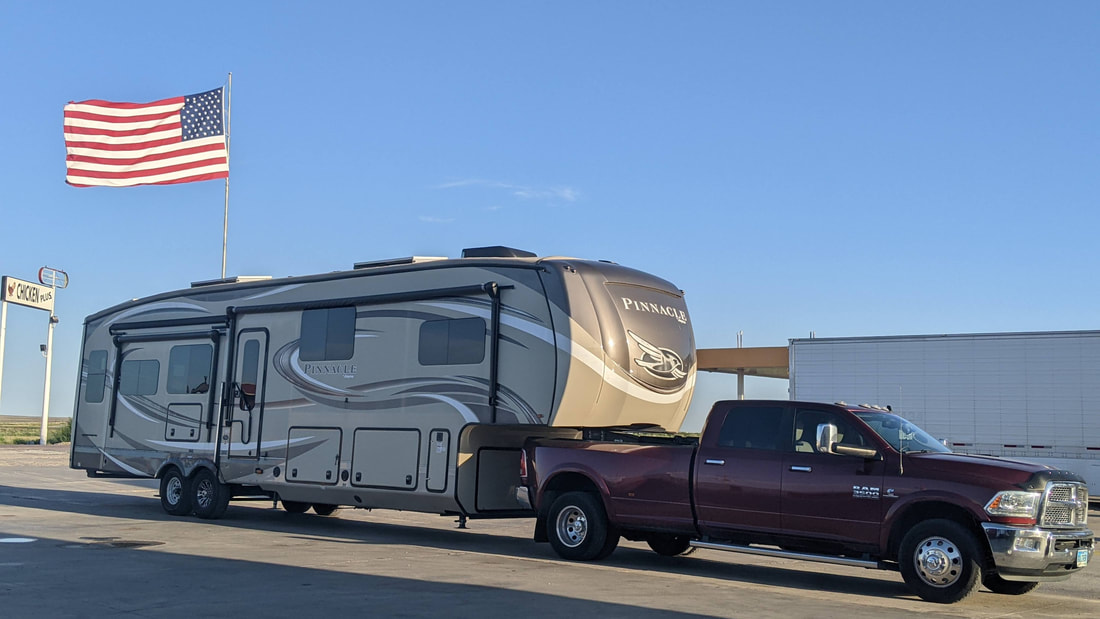
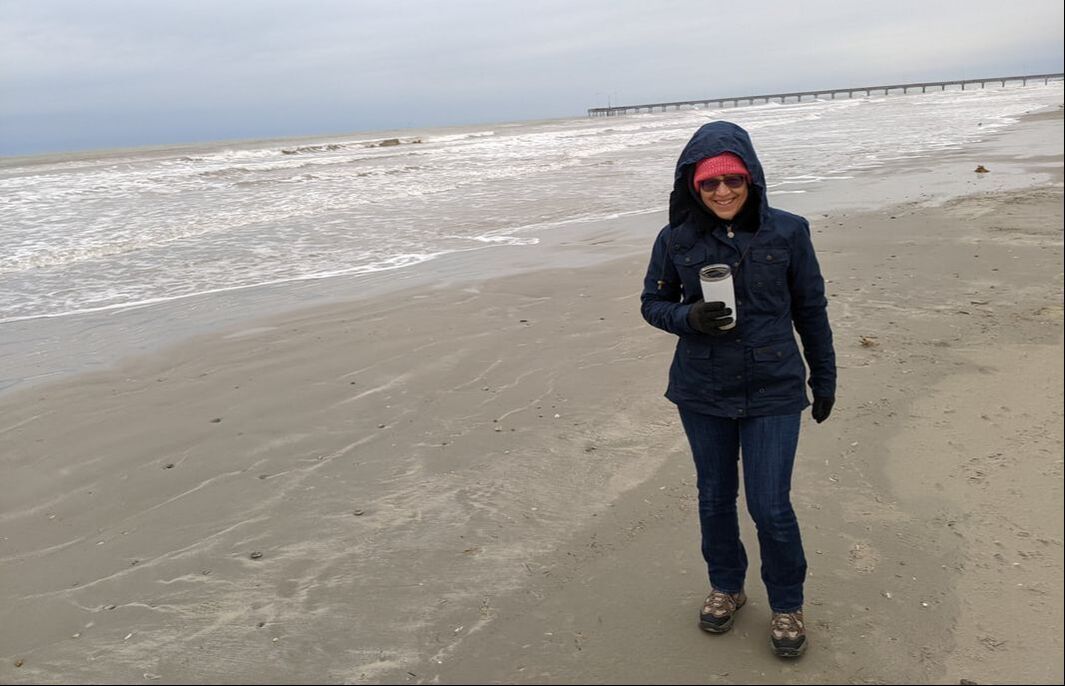
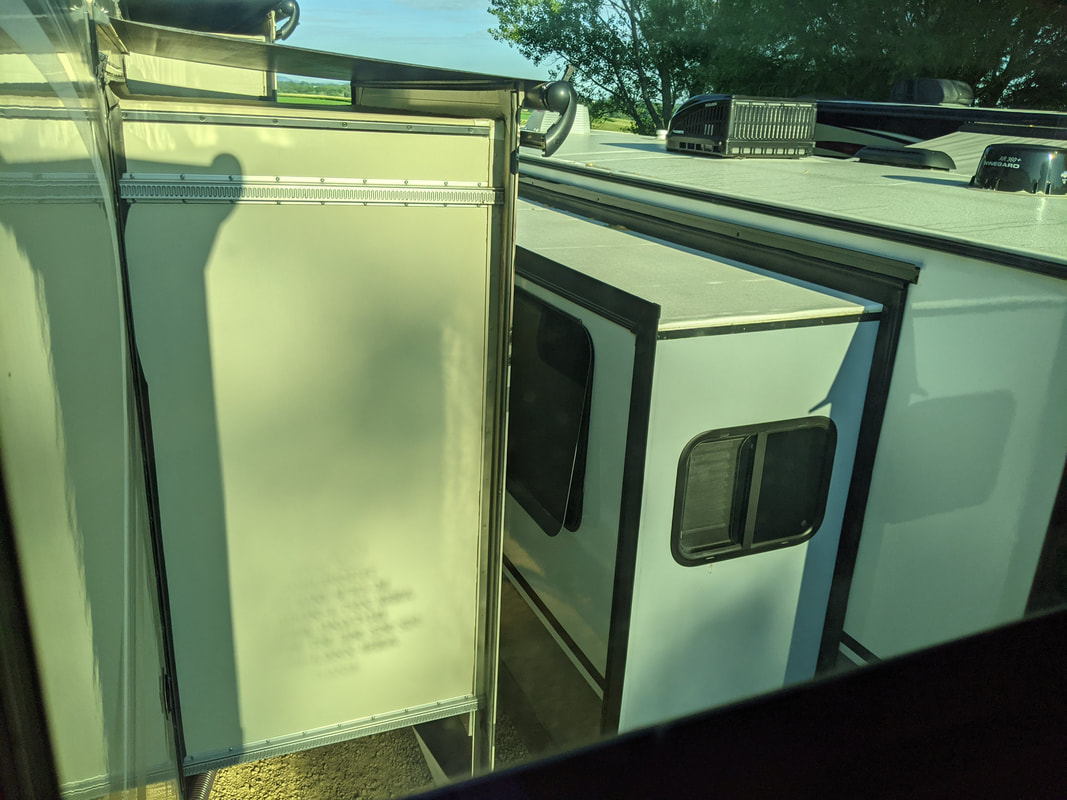
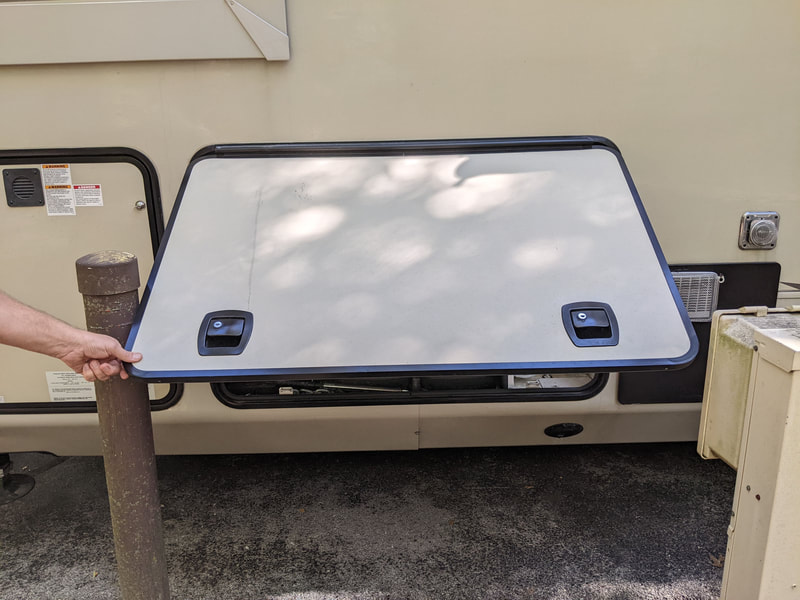
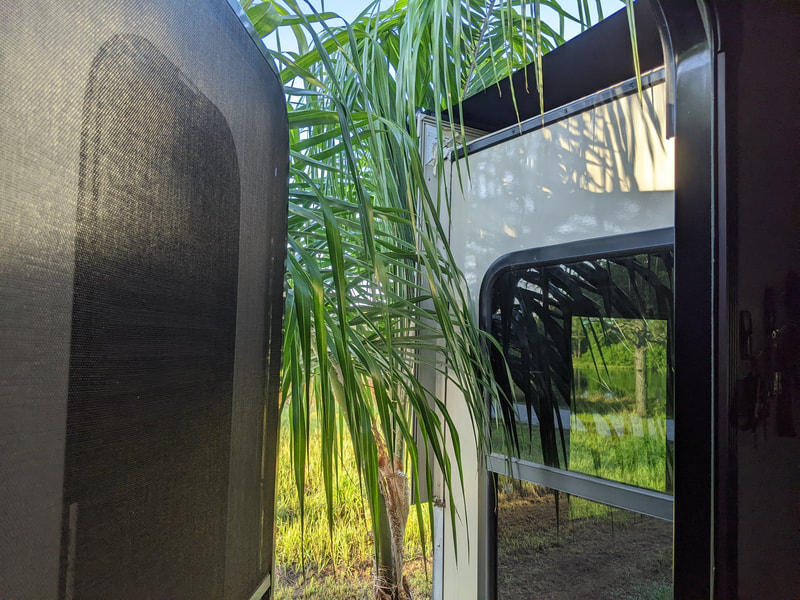
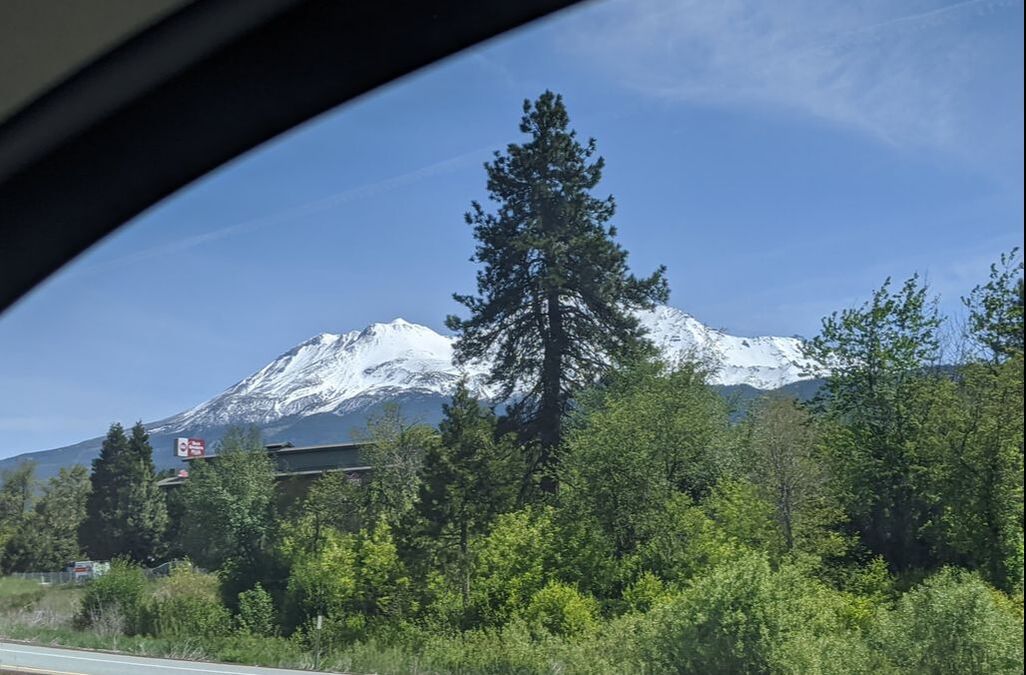
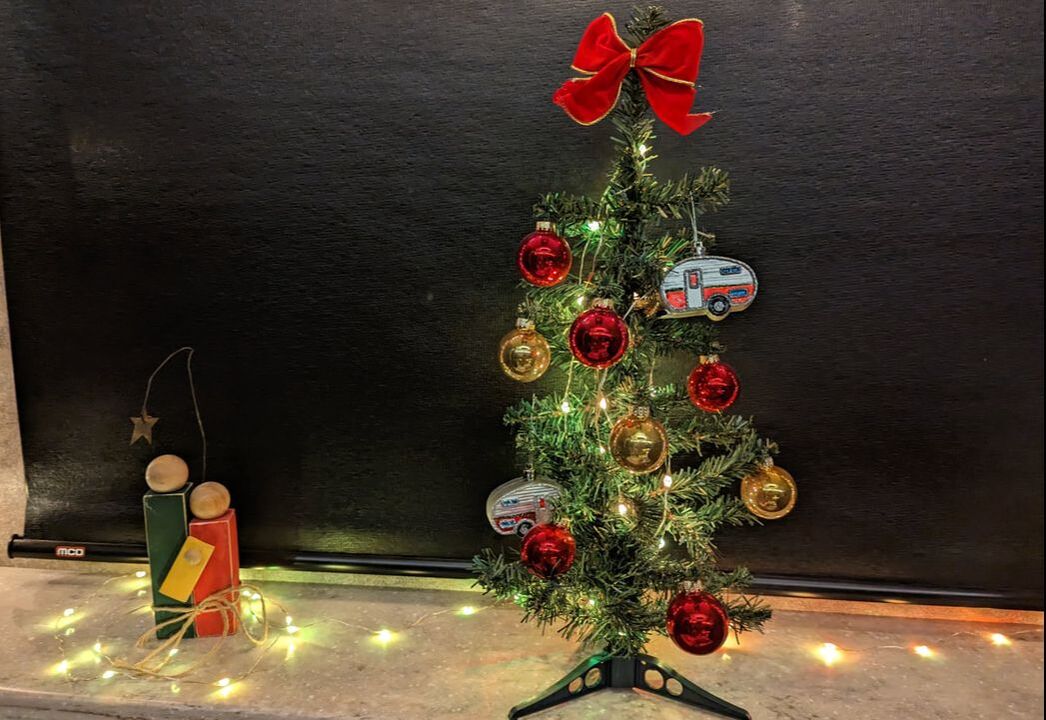
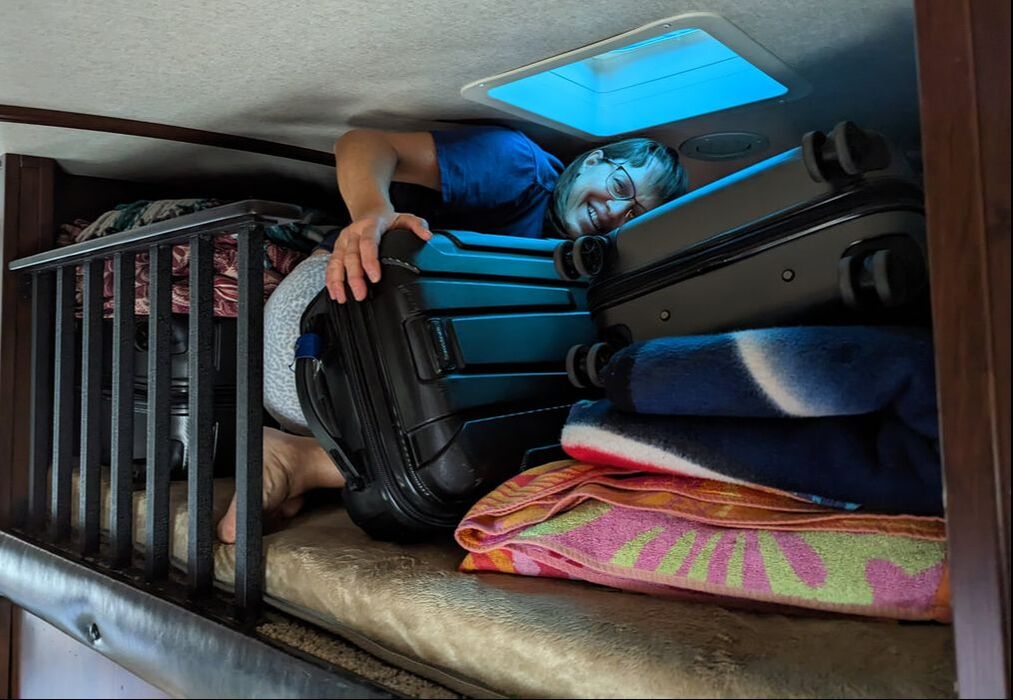
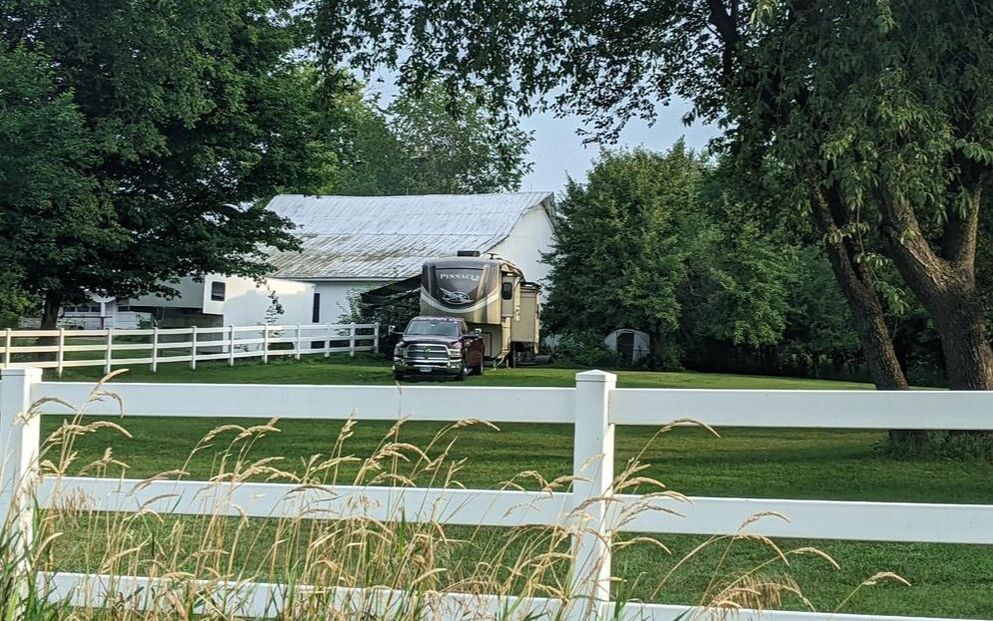

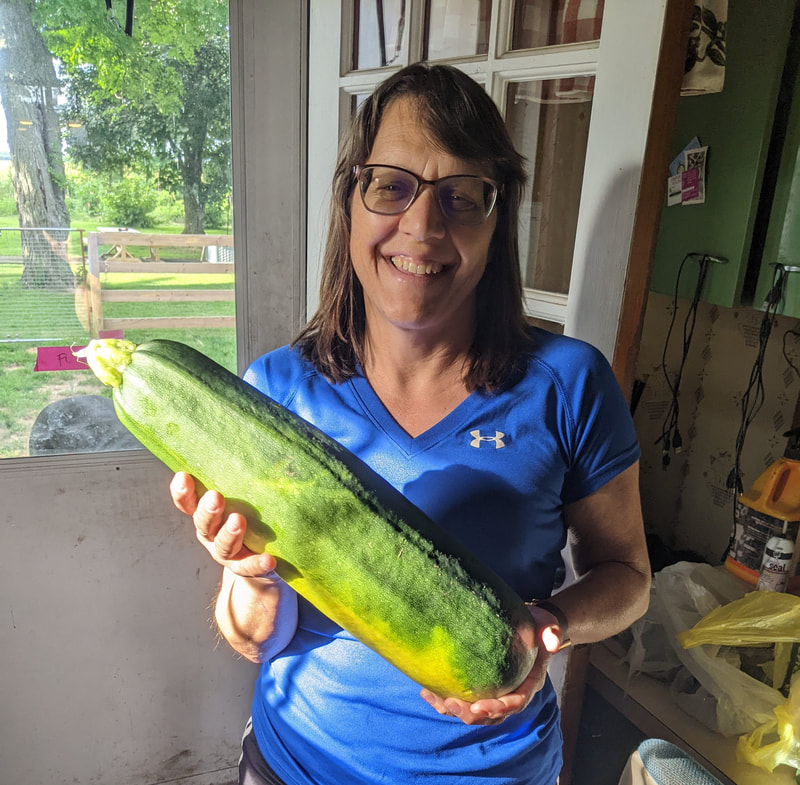
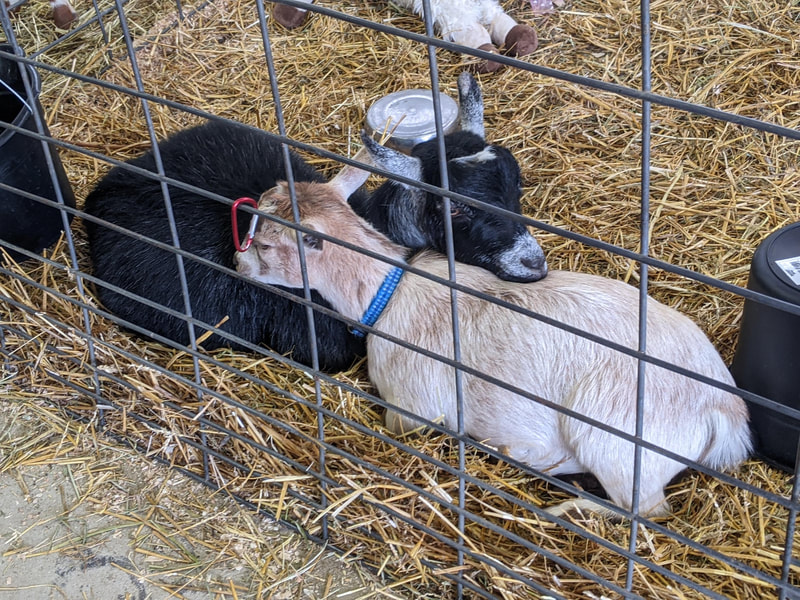
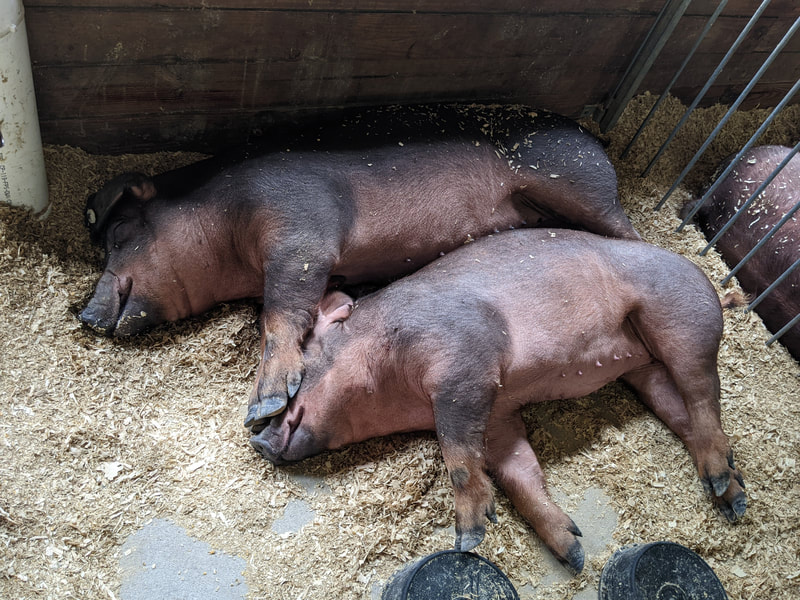
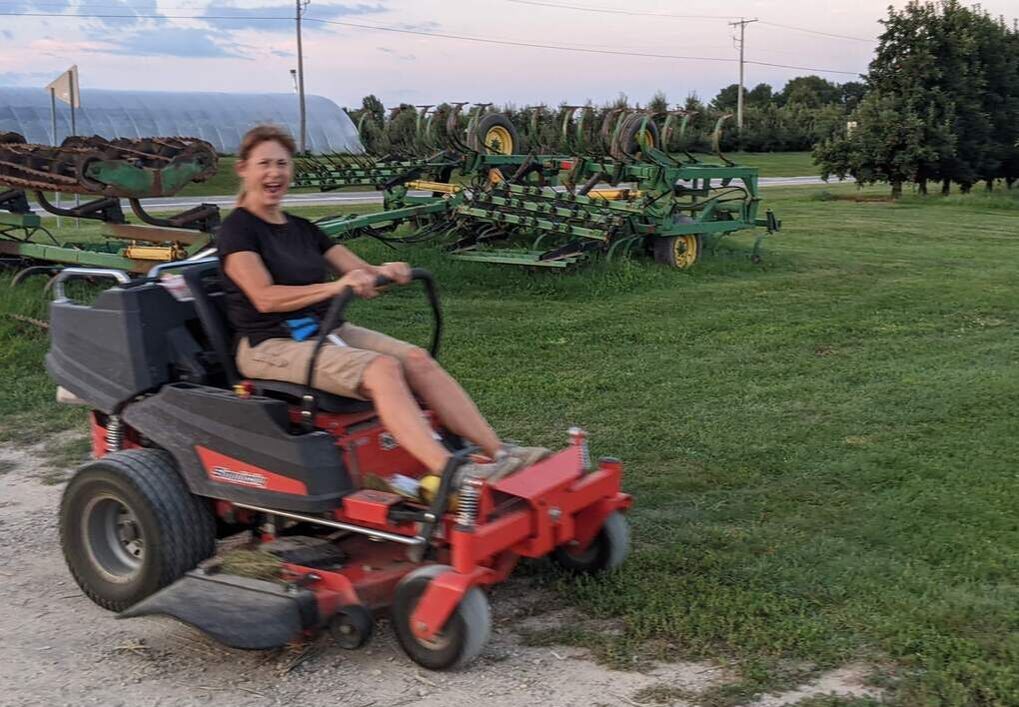
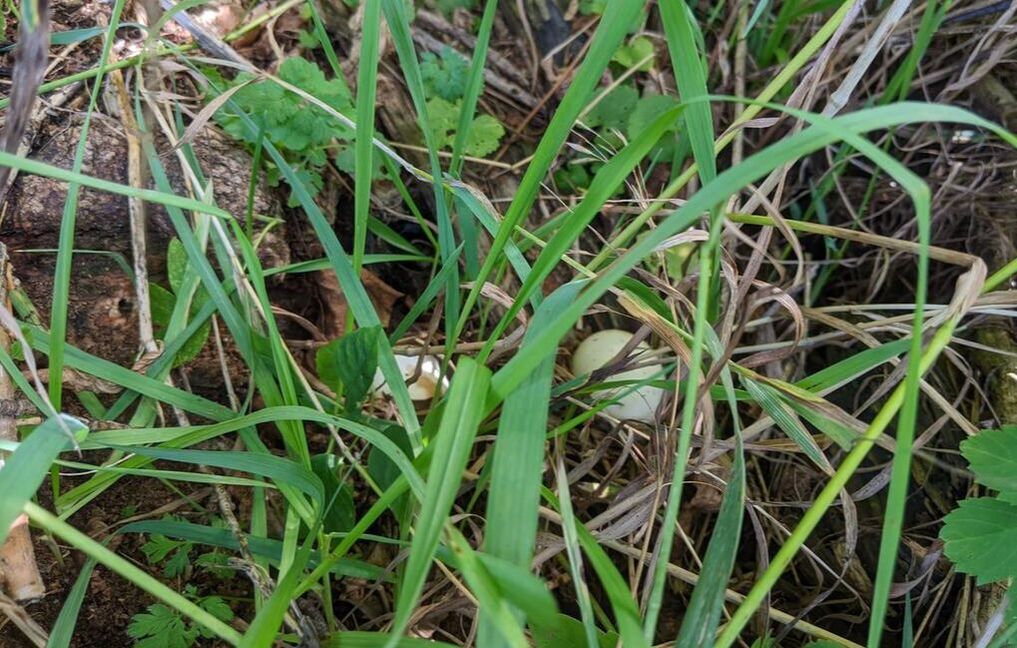
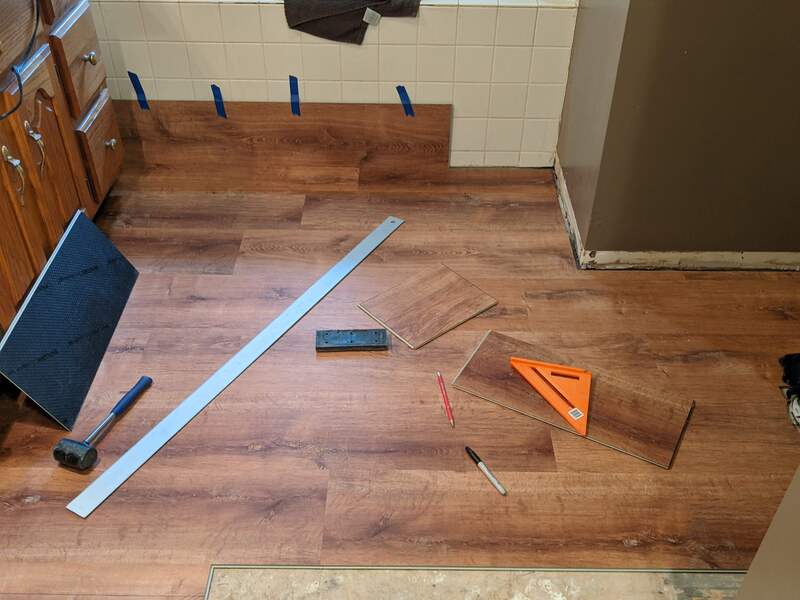

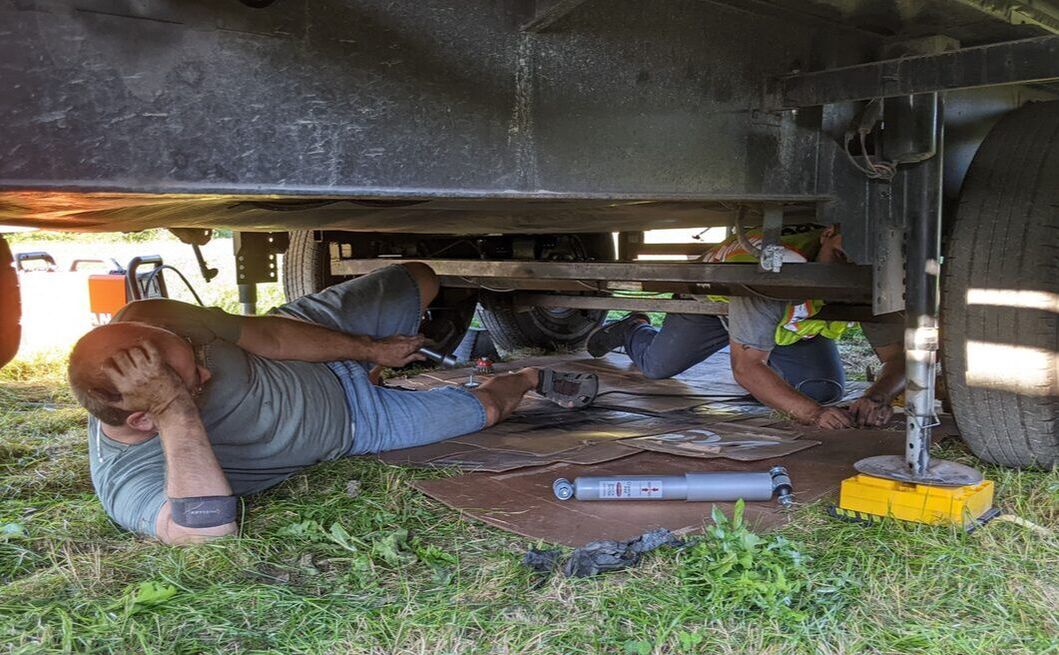
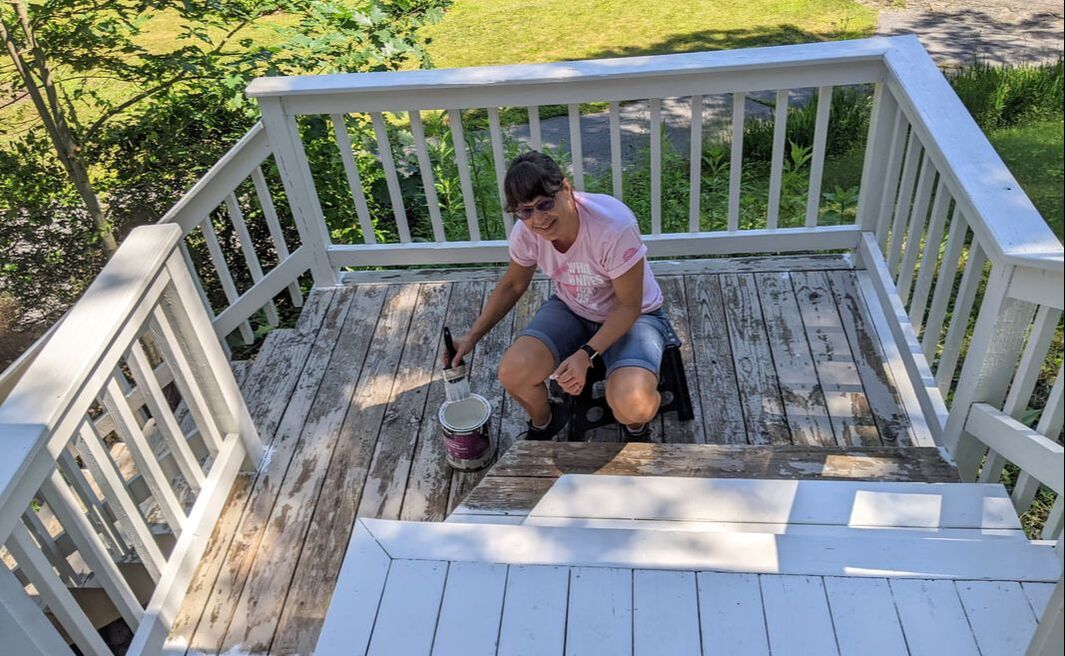
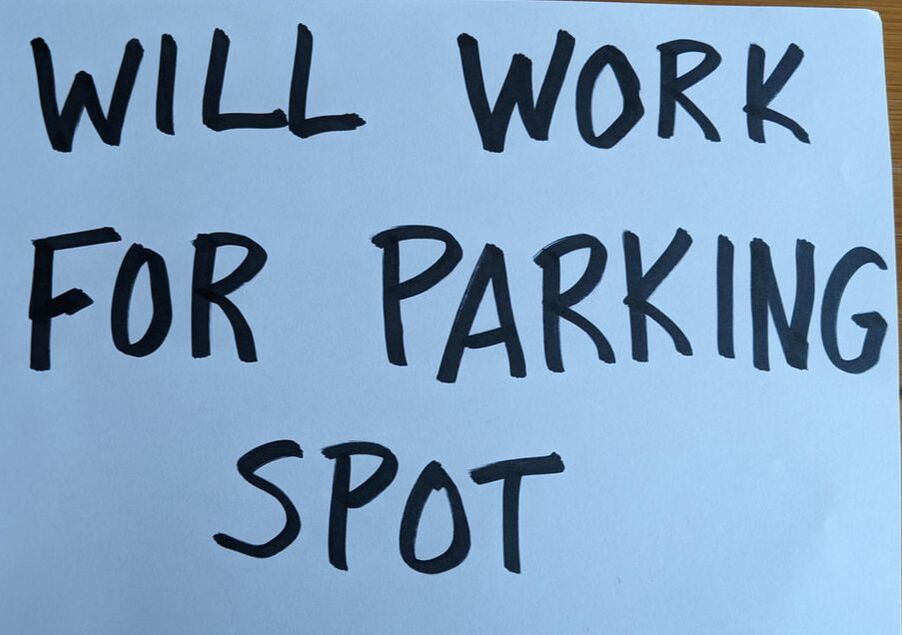
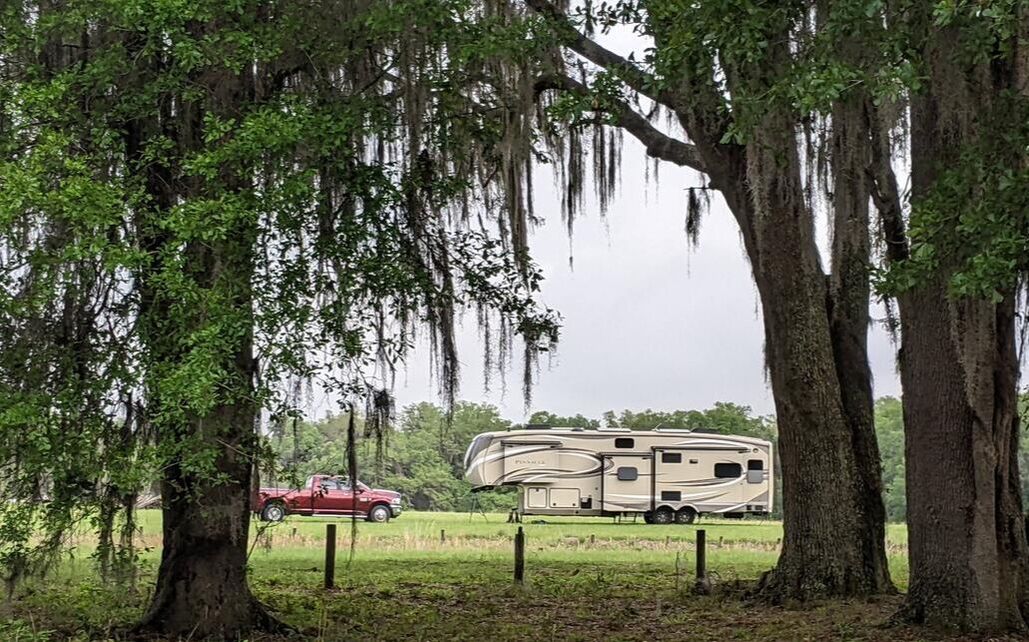
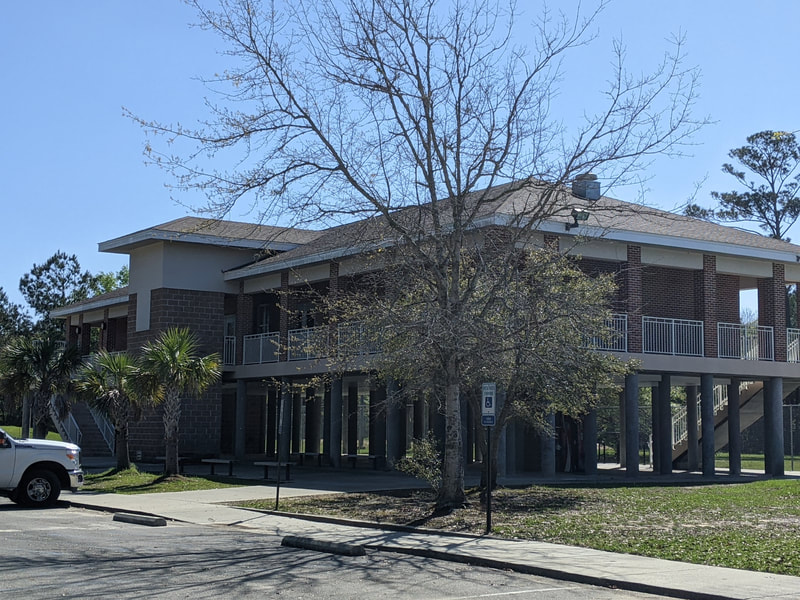
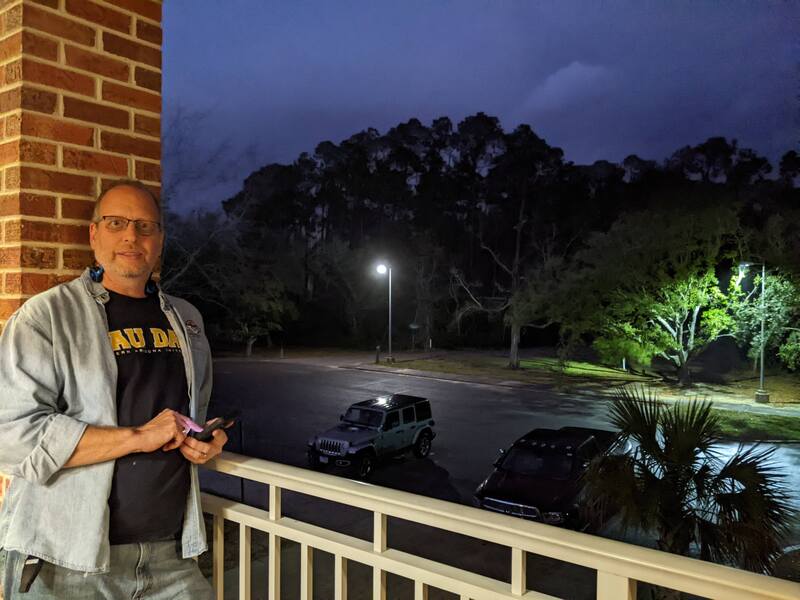
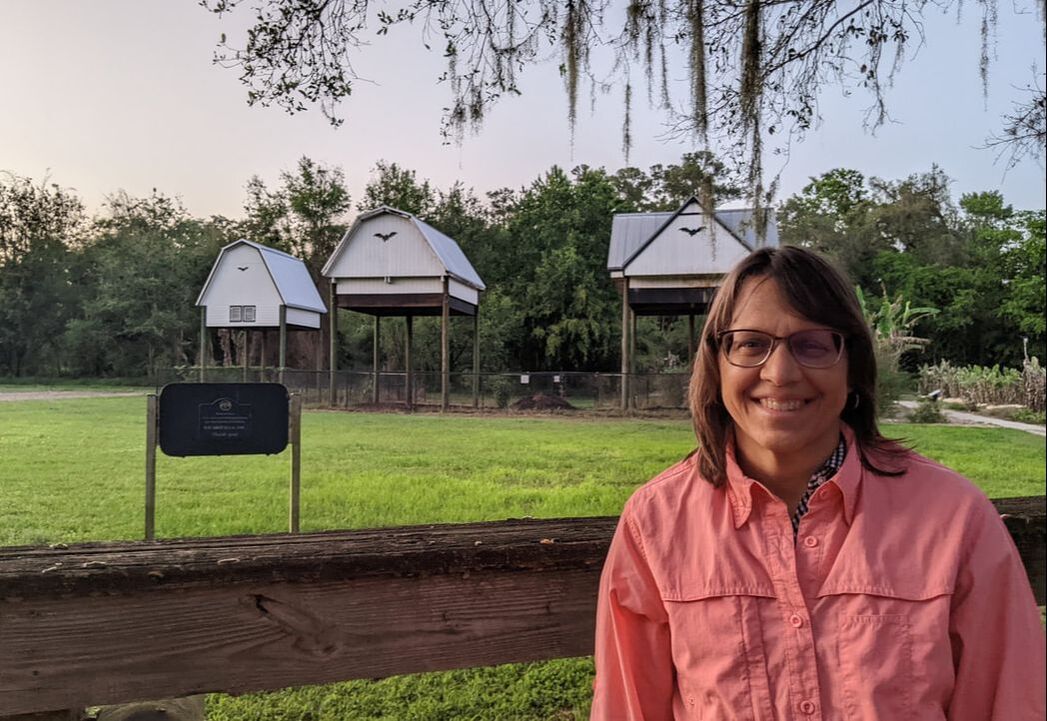
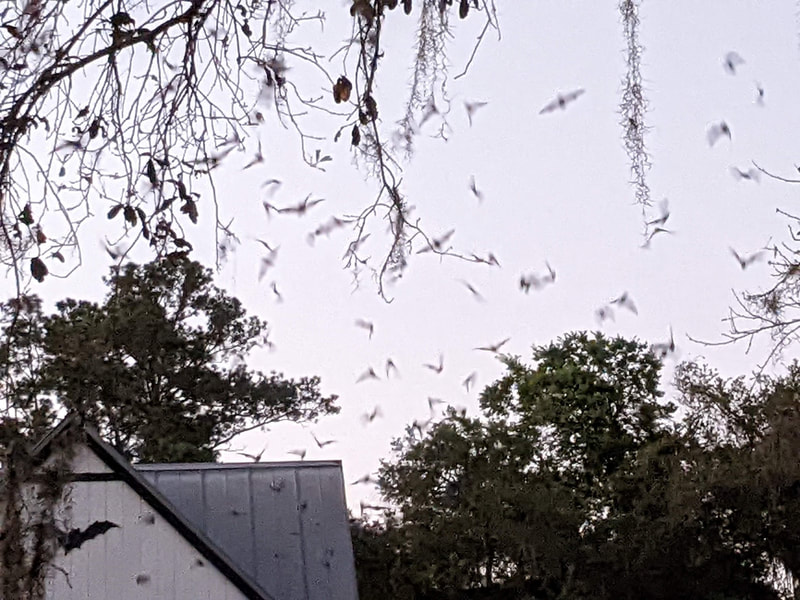
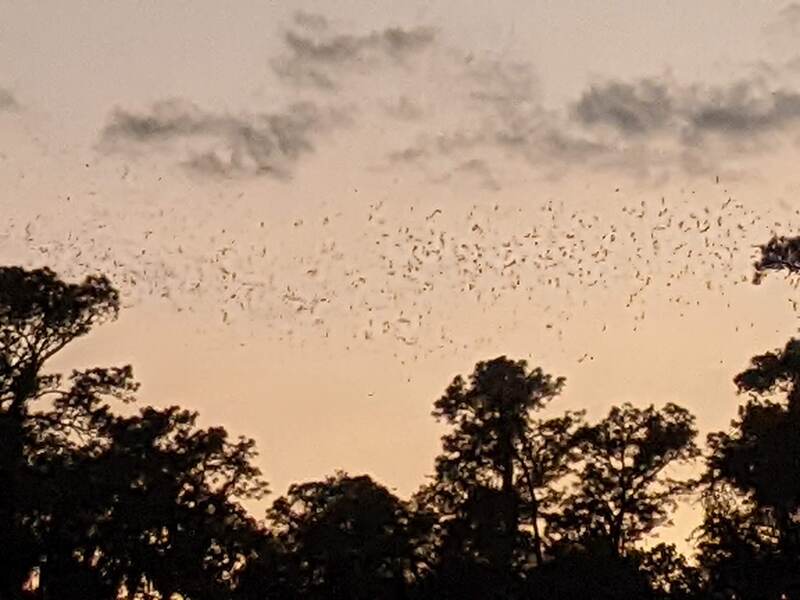
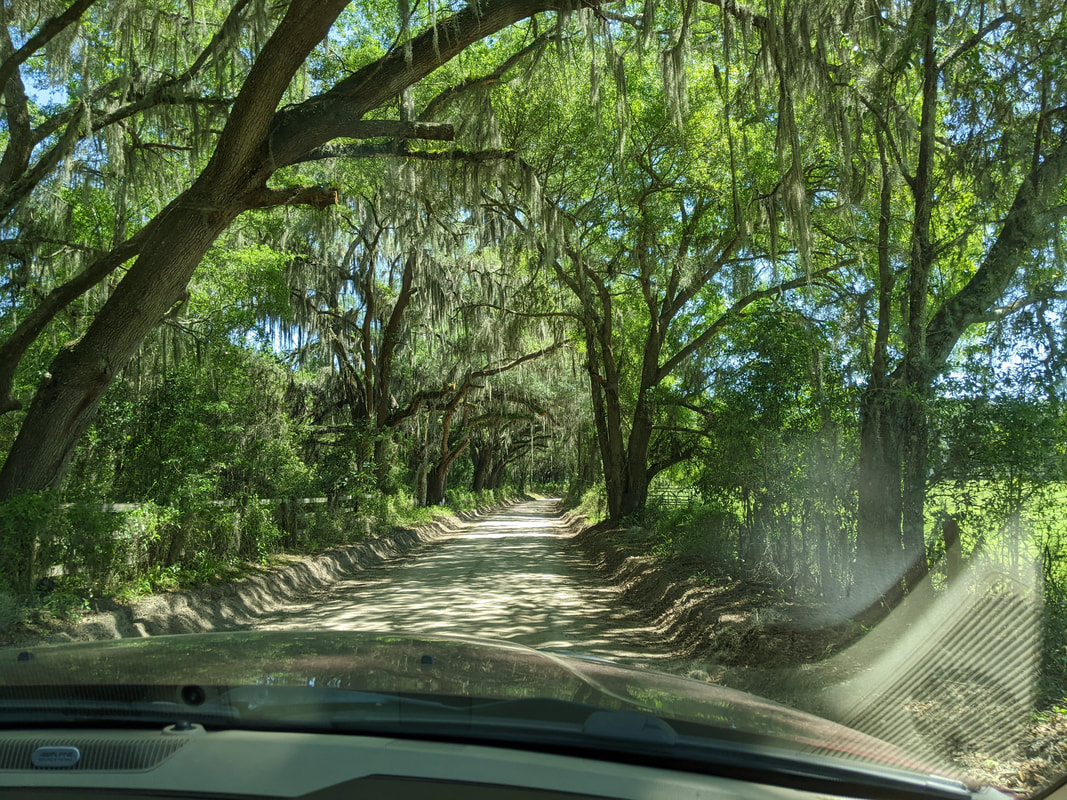
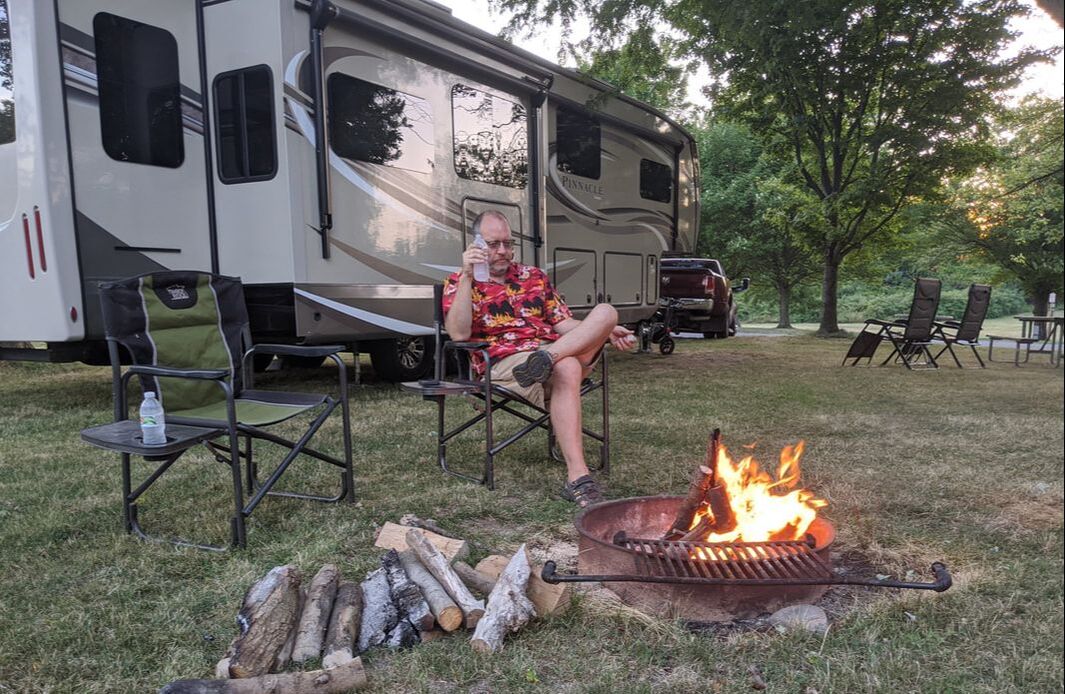
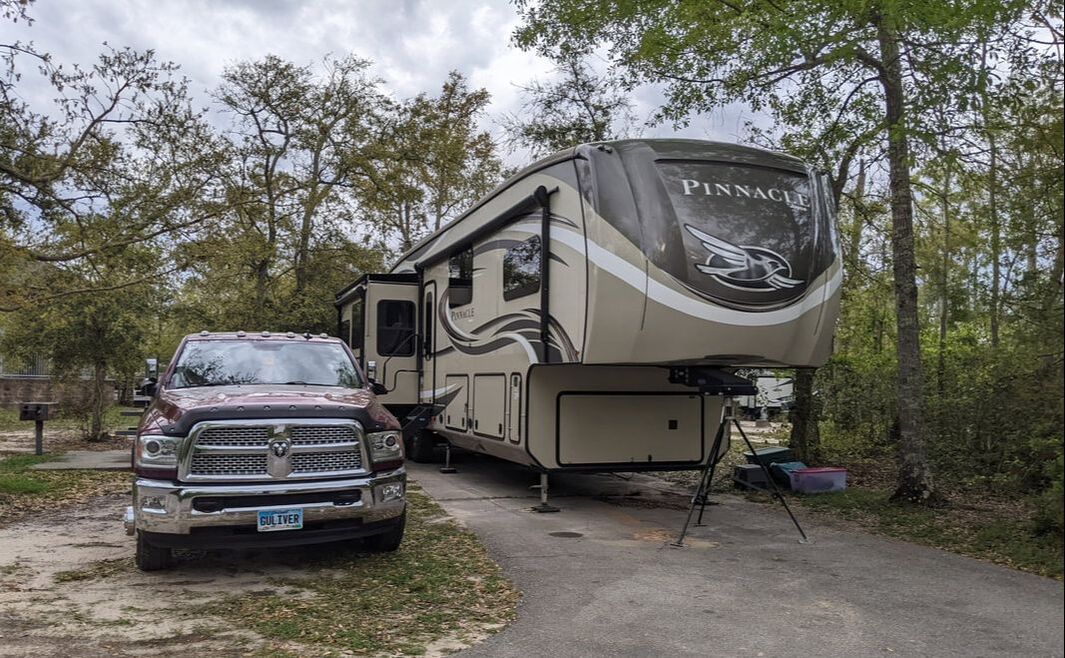
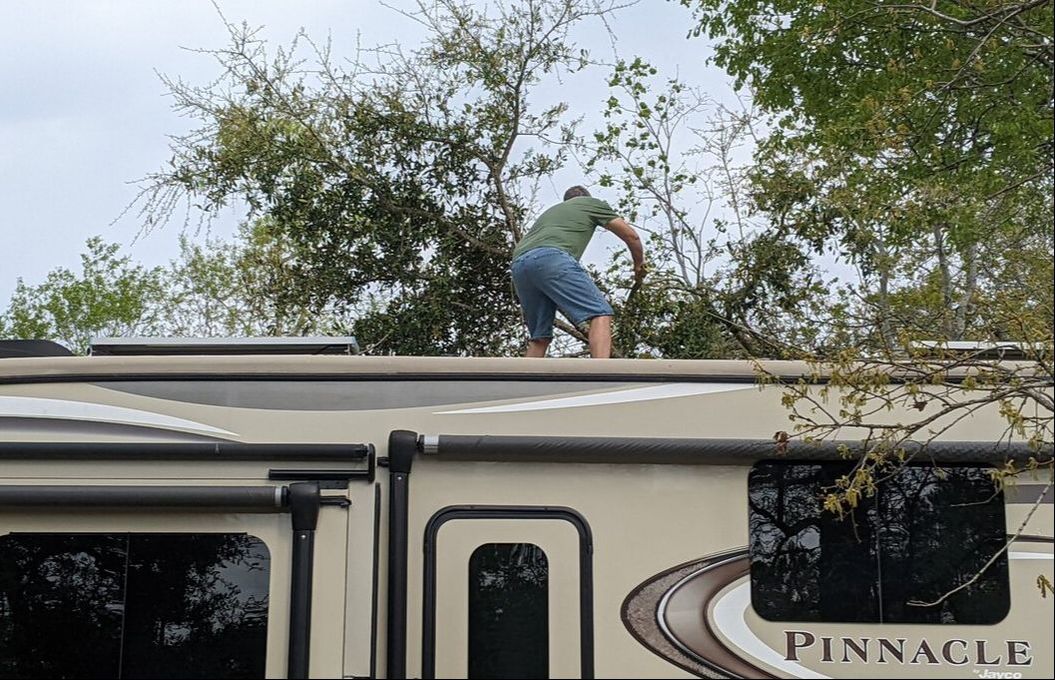
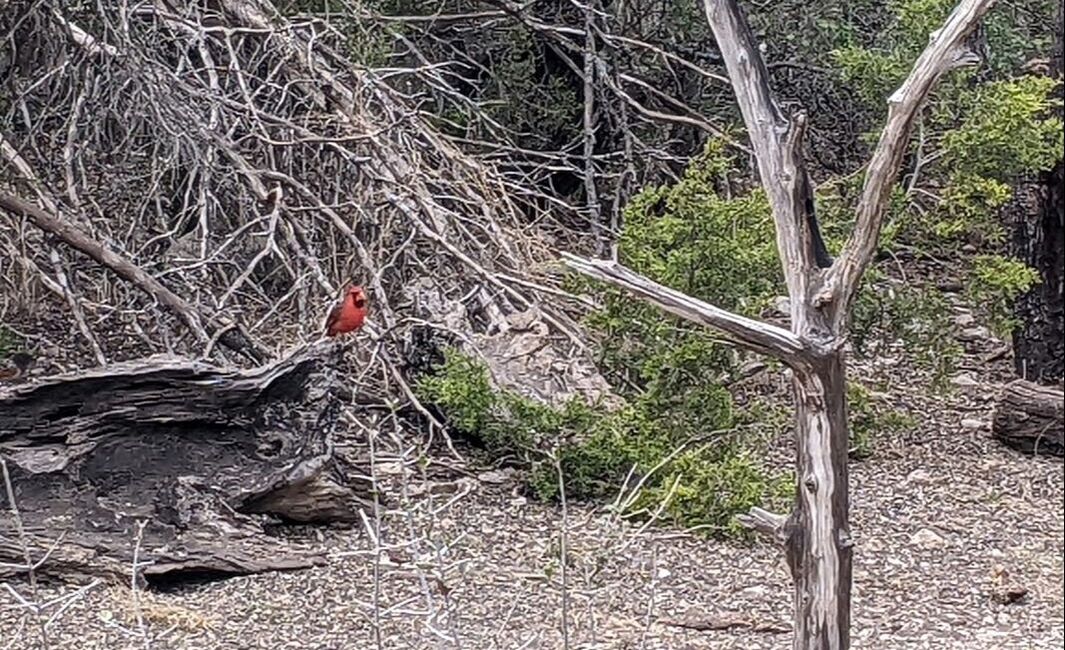
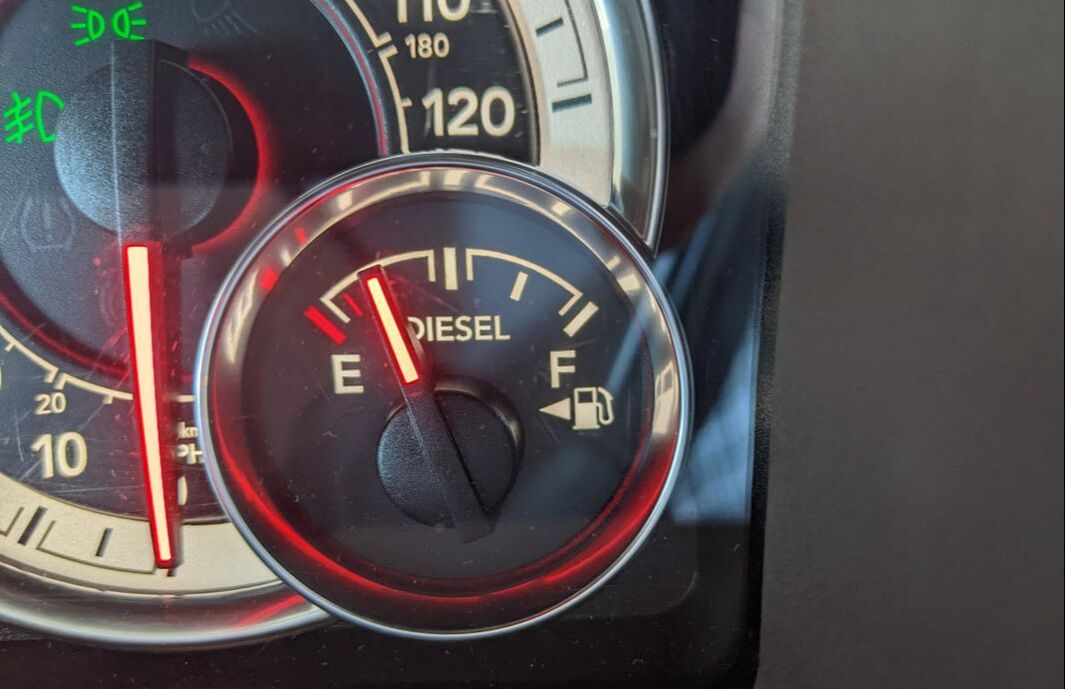
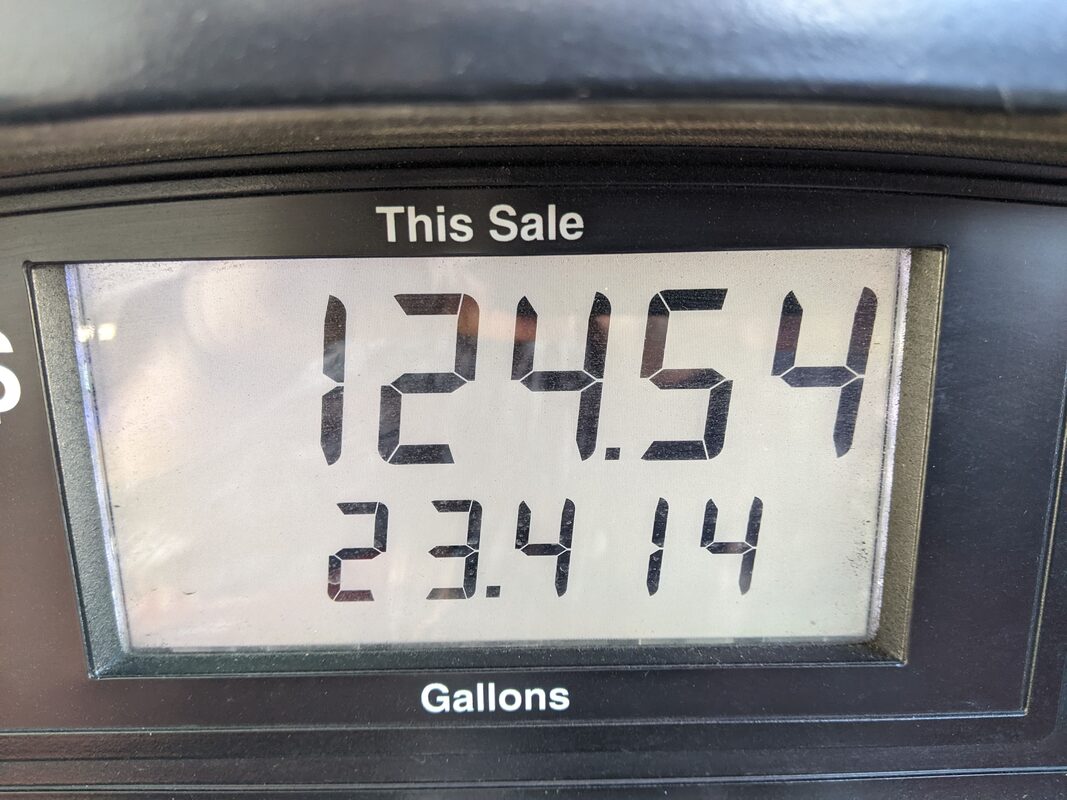
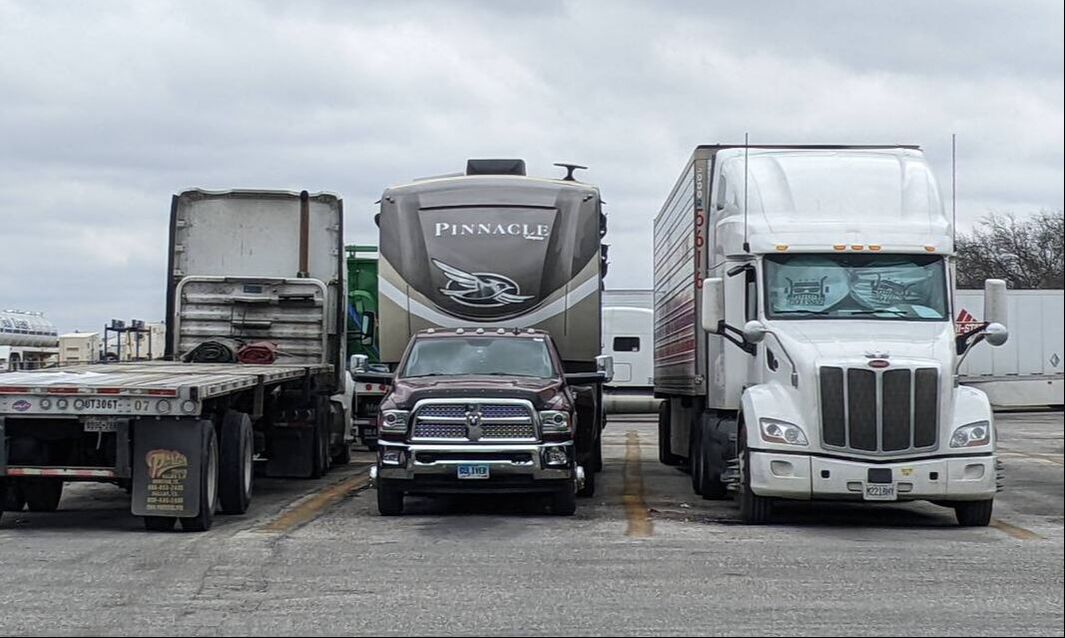
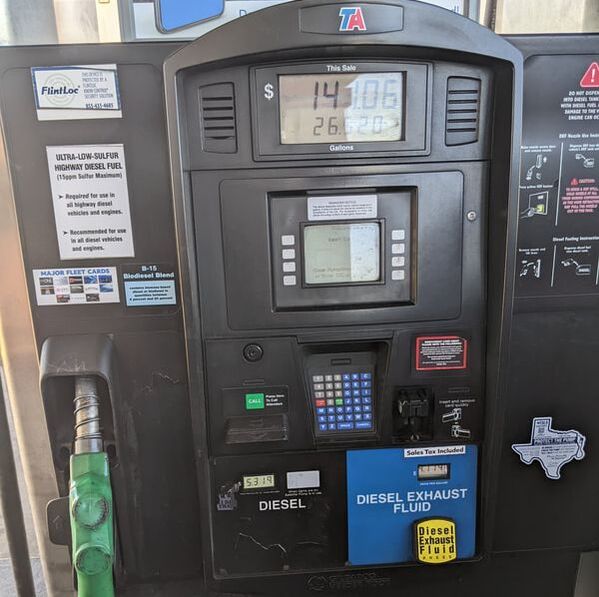
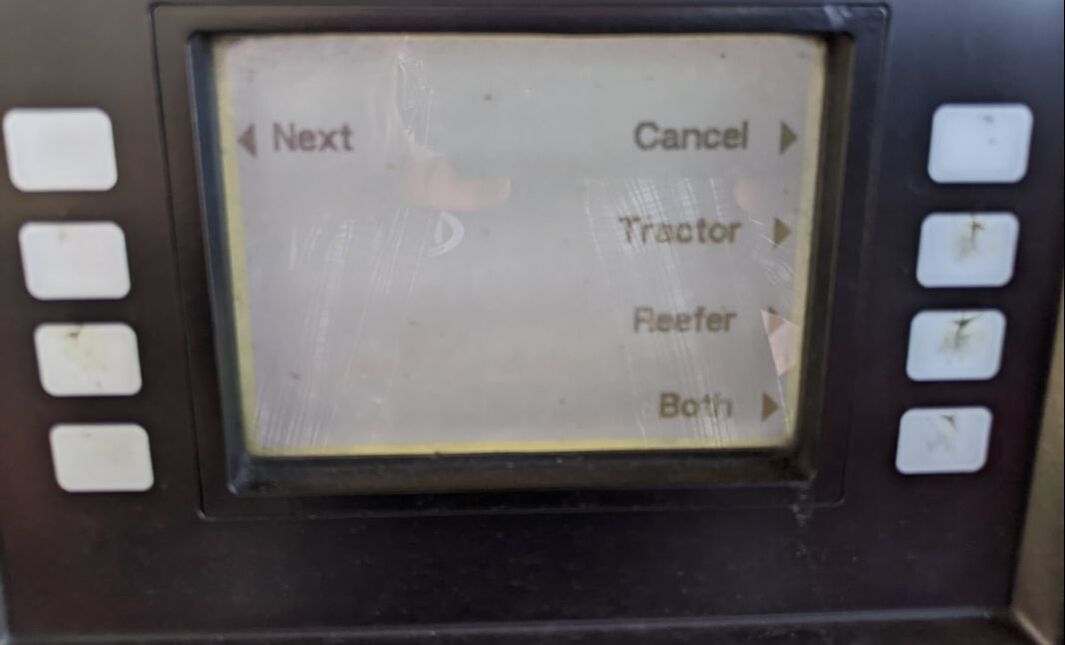
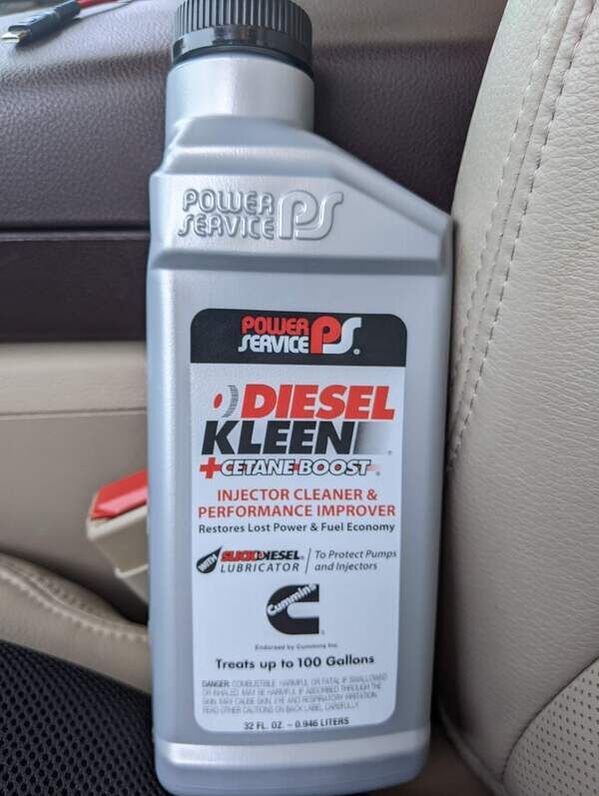
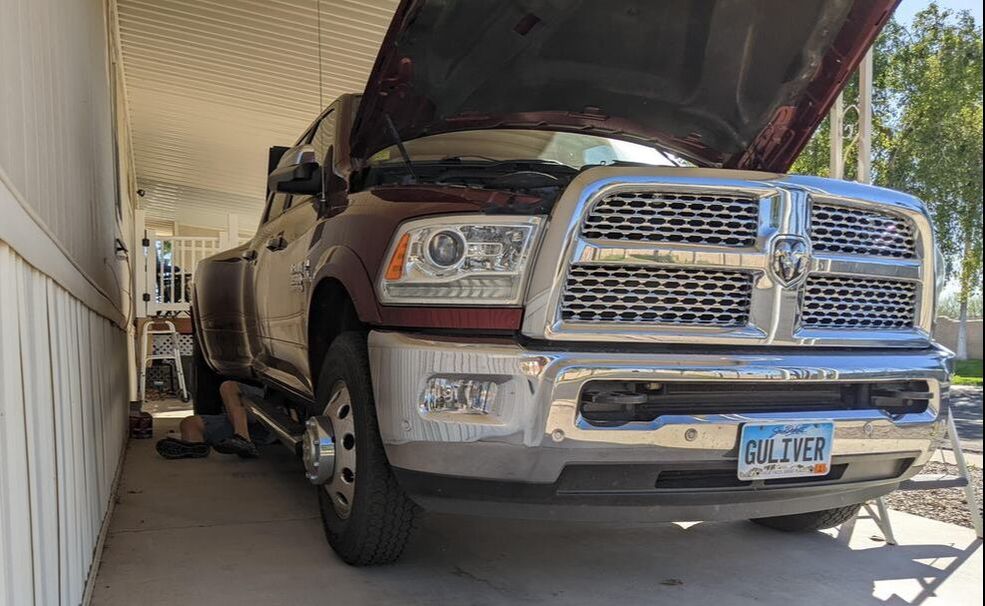
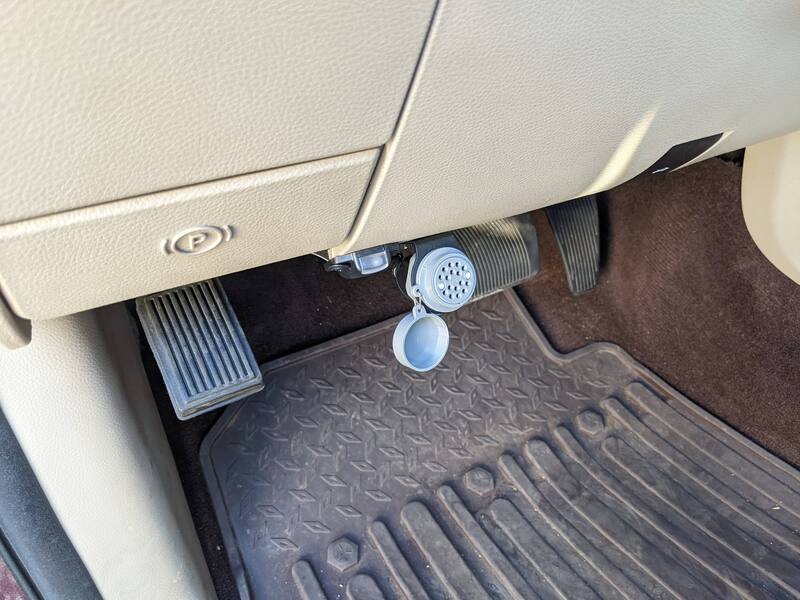
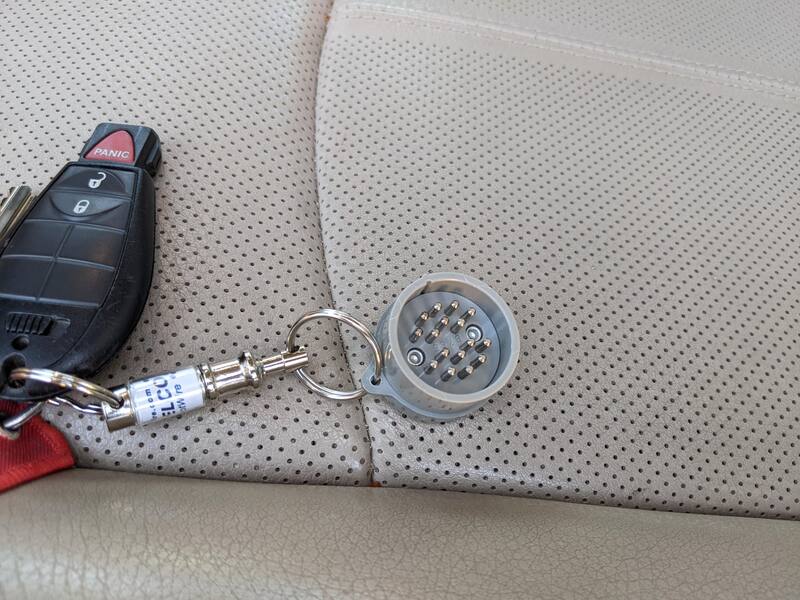
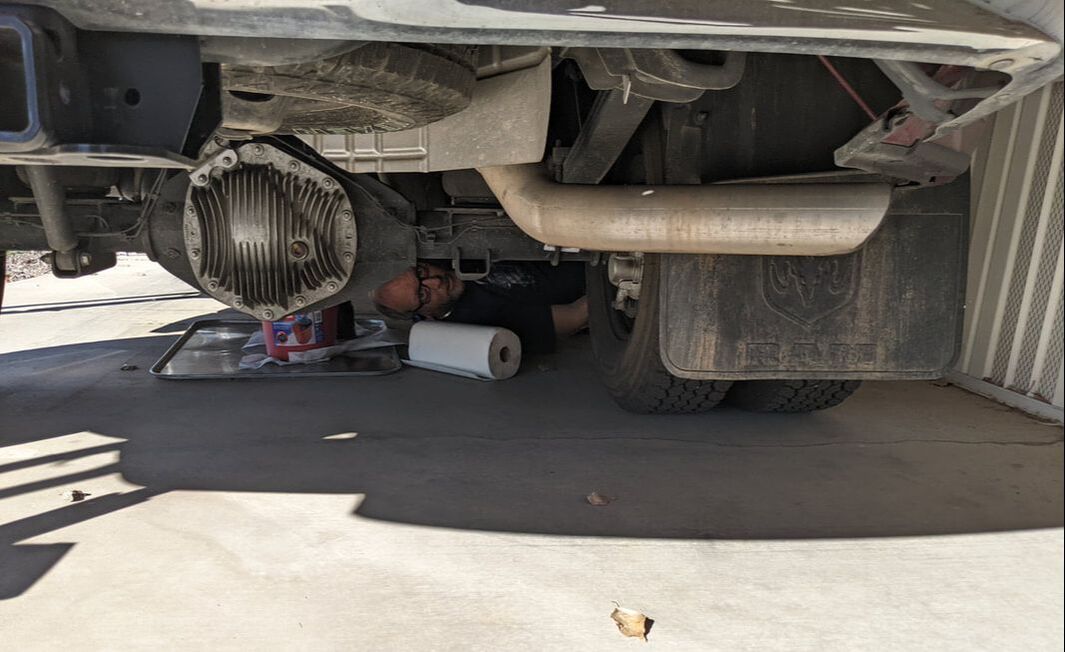
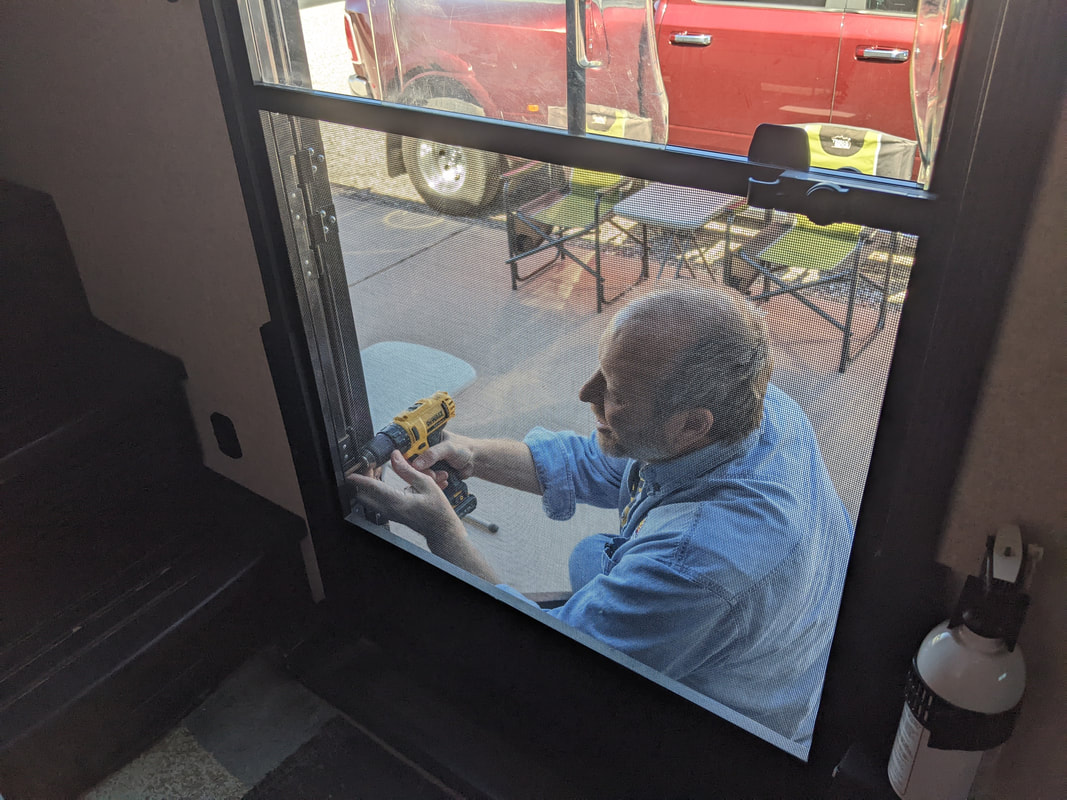
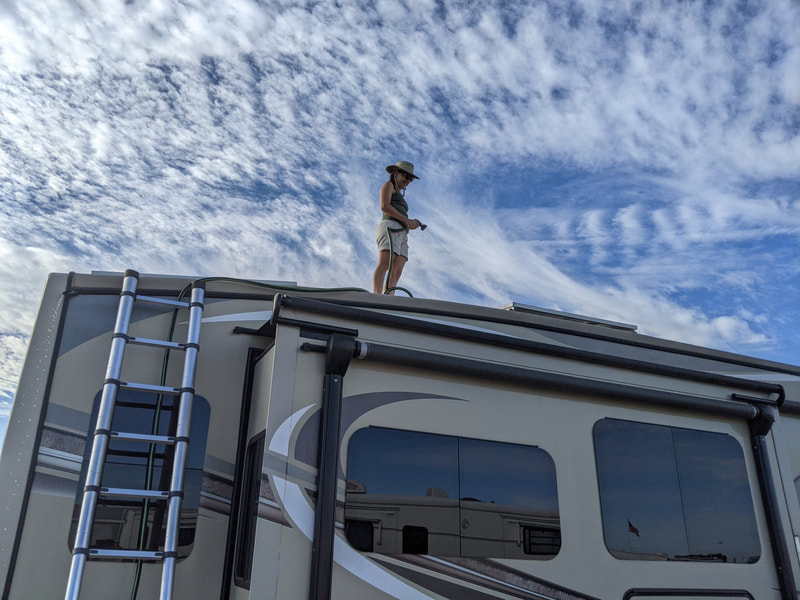
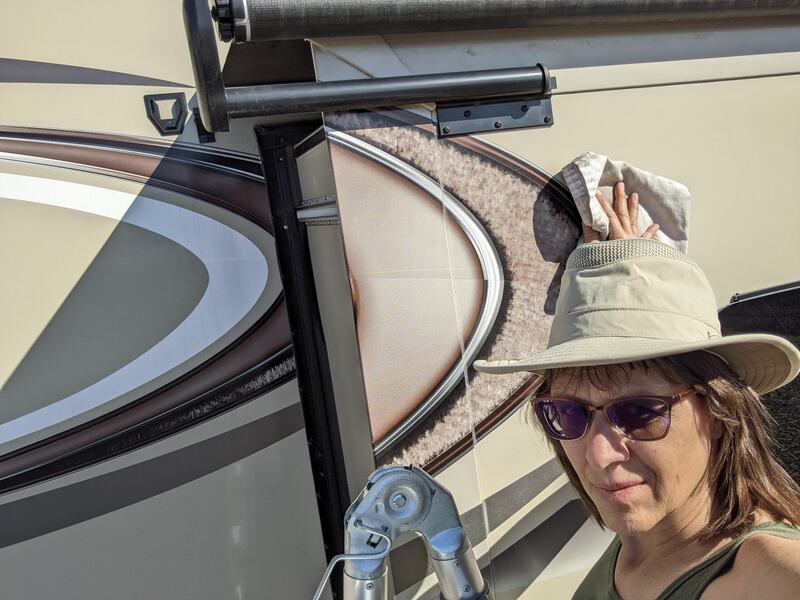
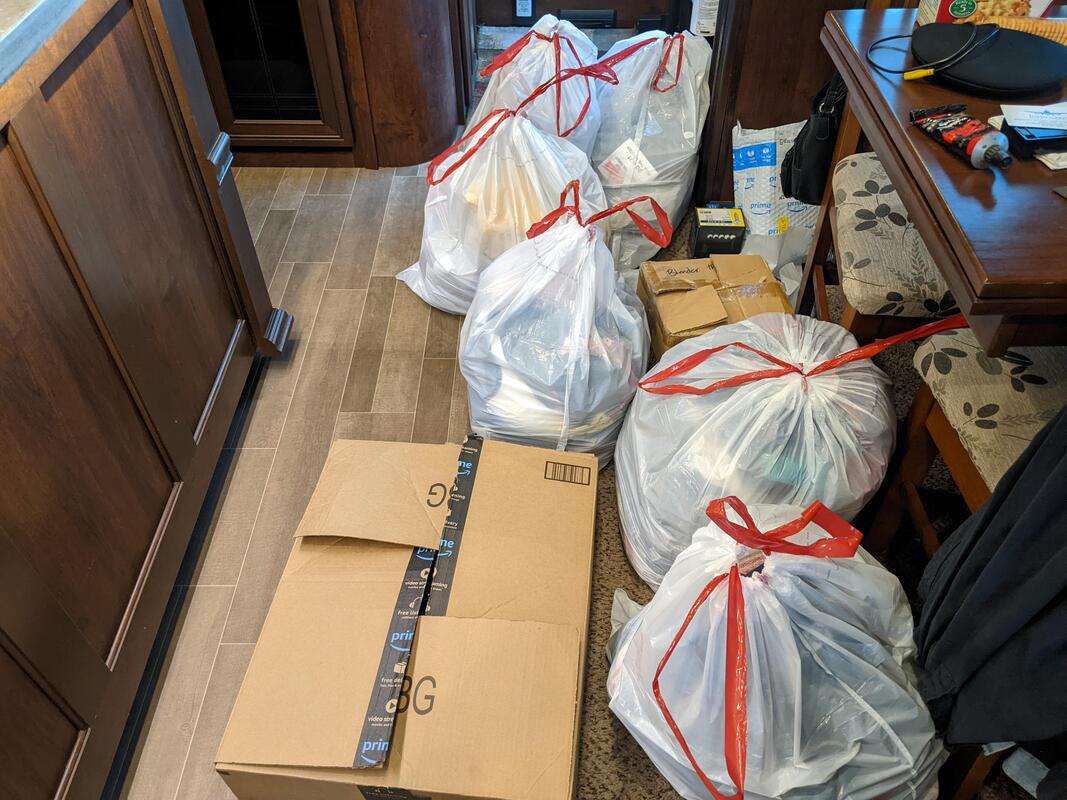
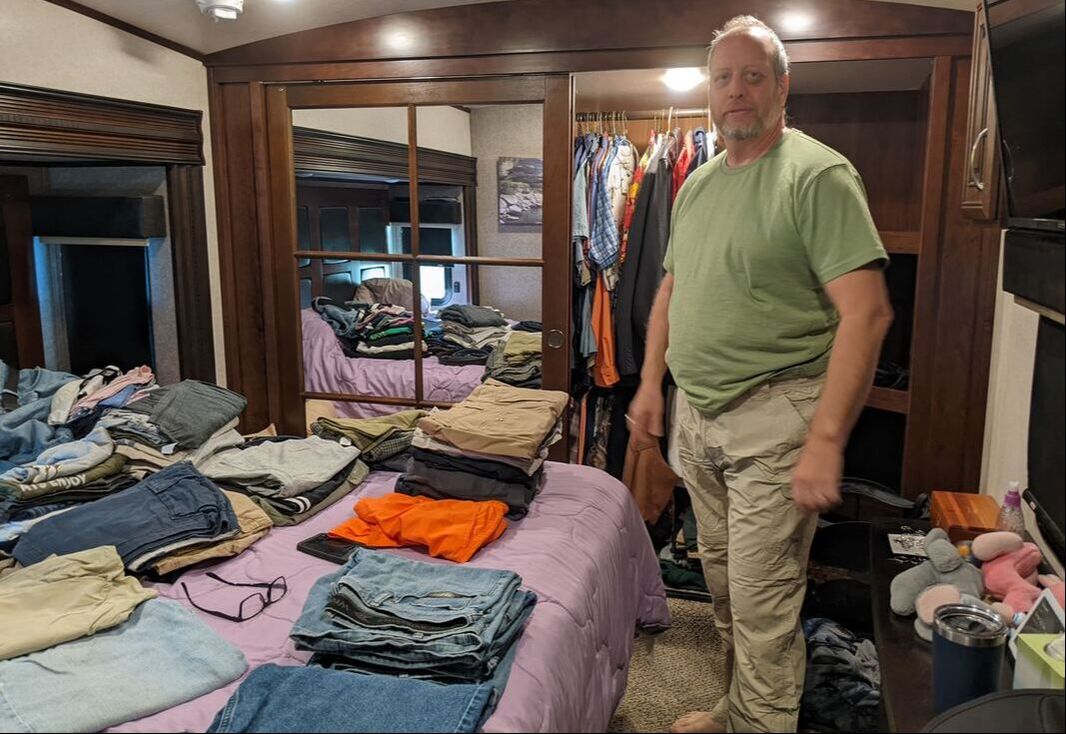
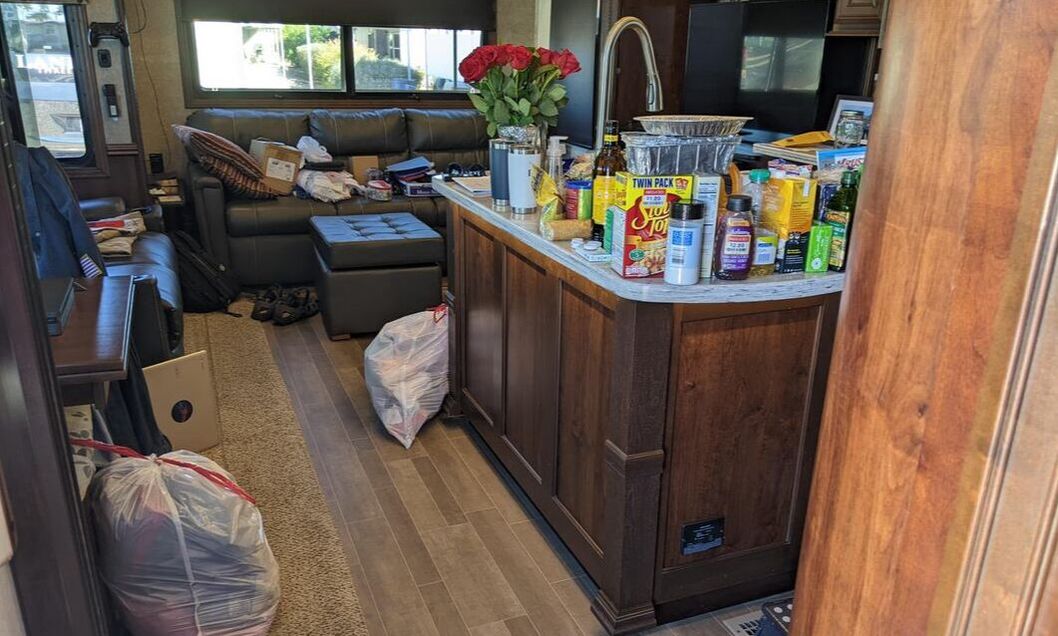
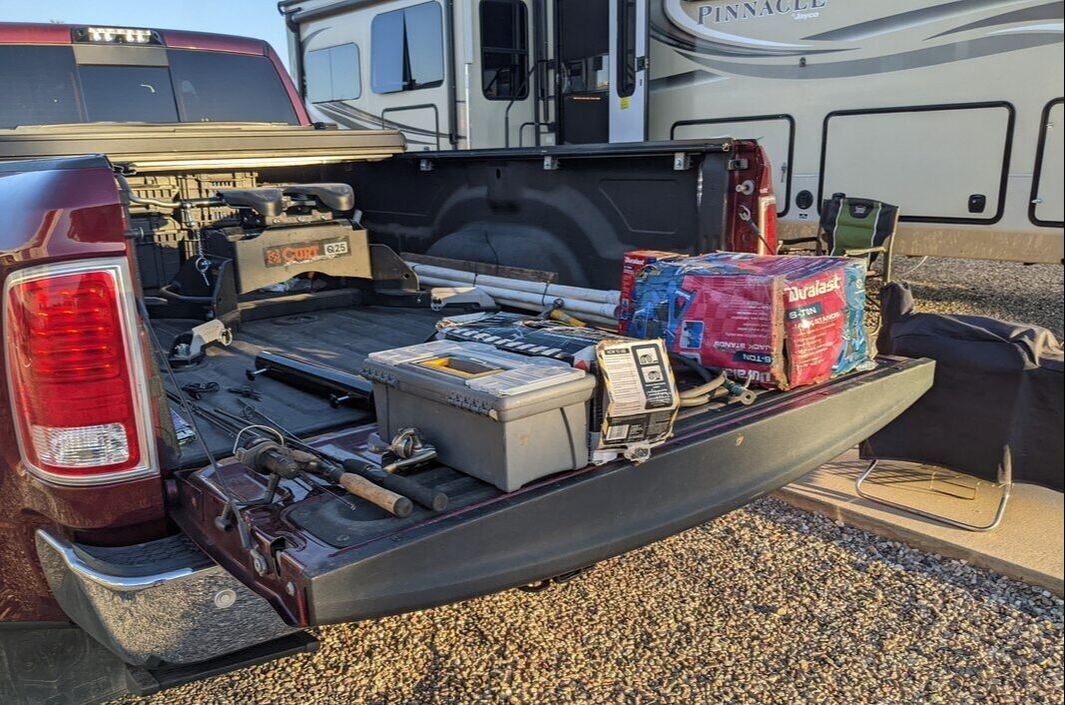
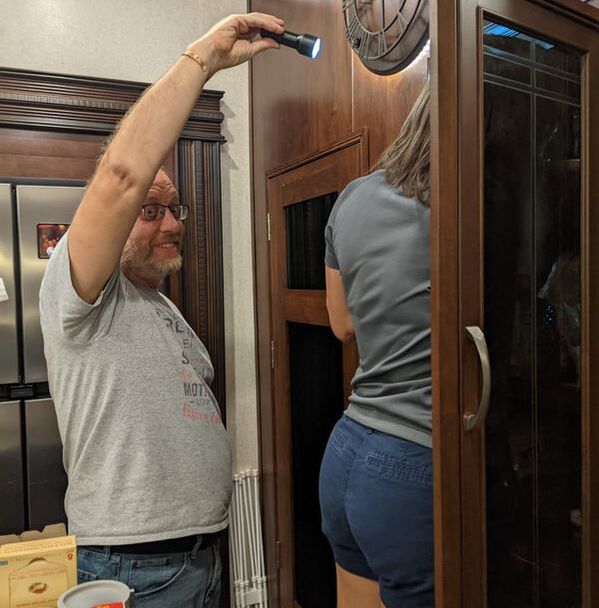
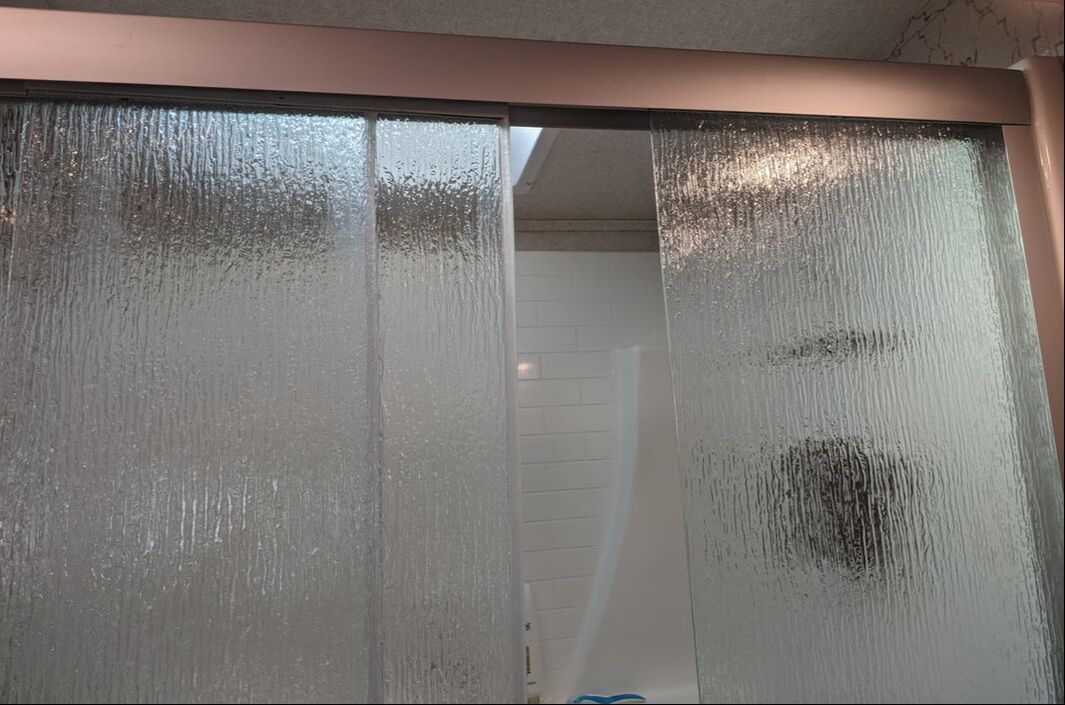
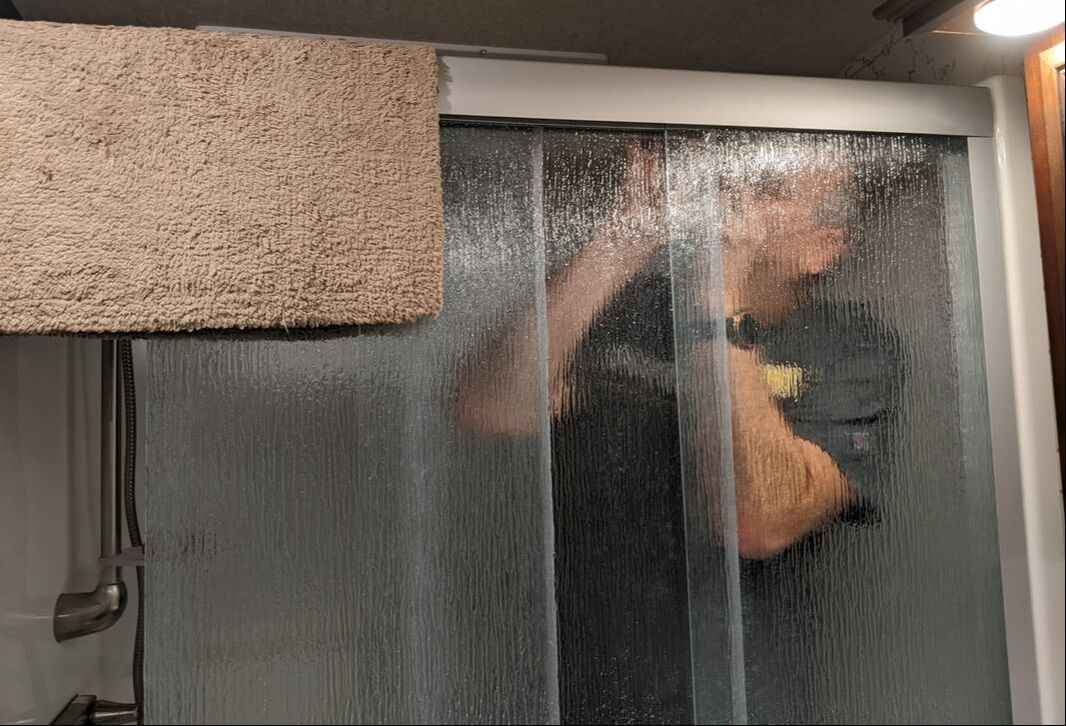
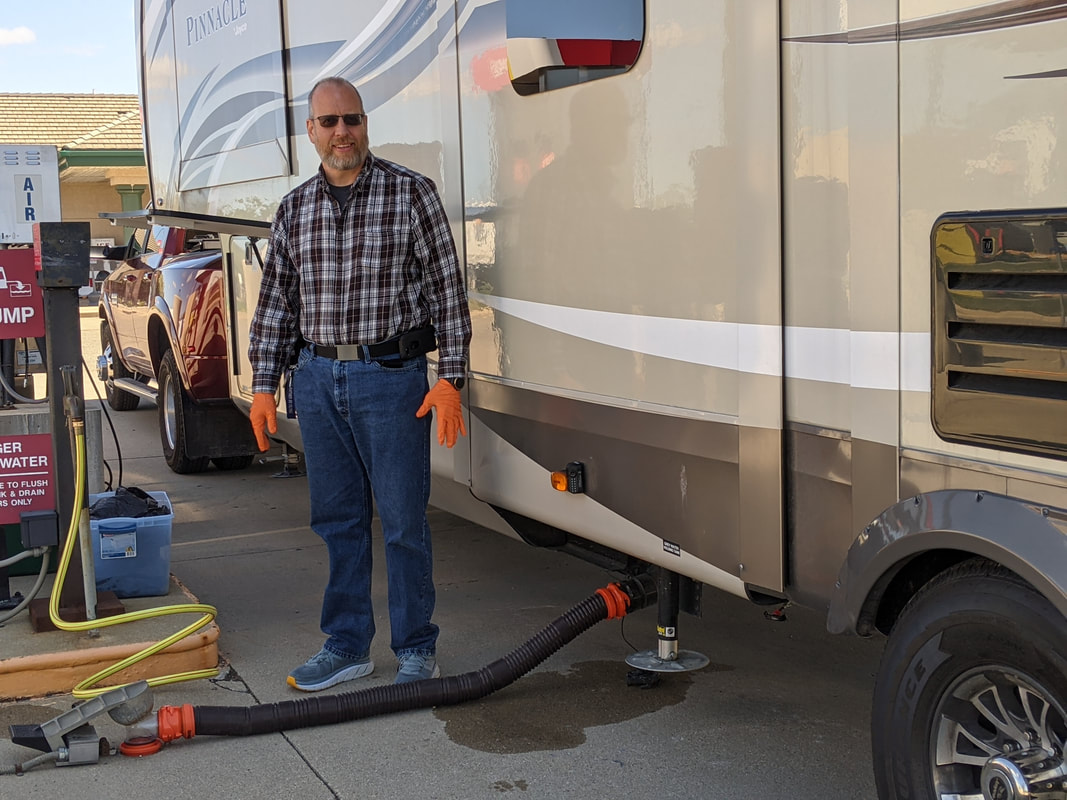
 RSS Feed
RSS Feed